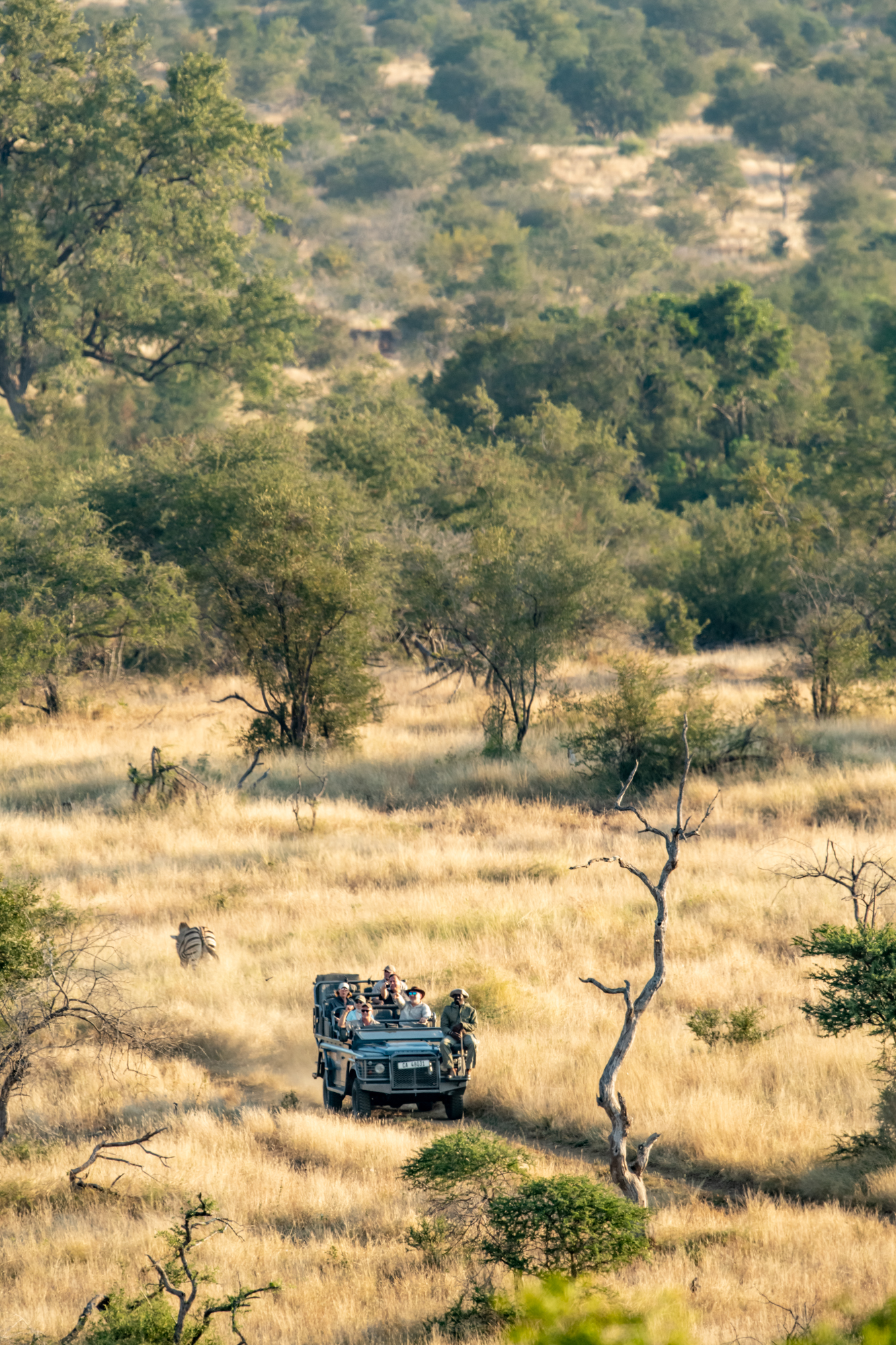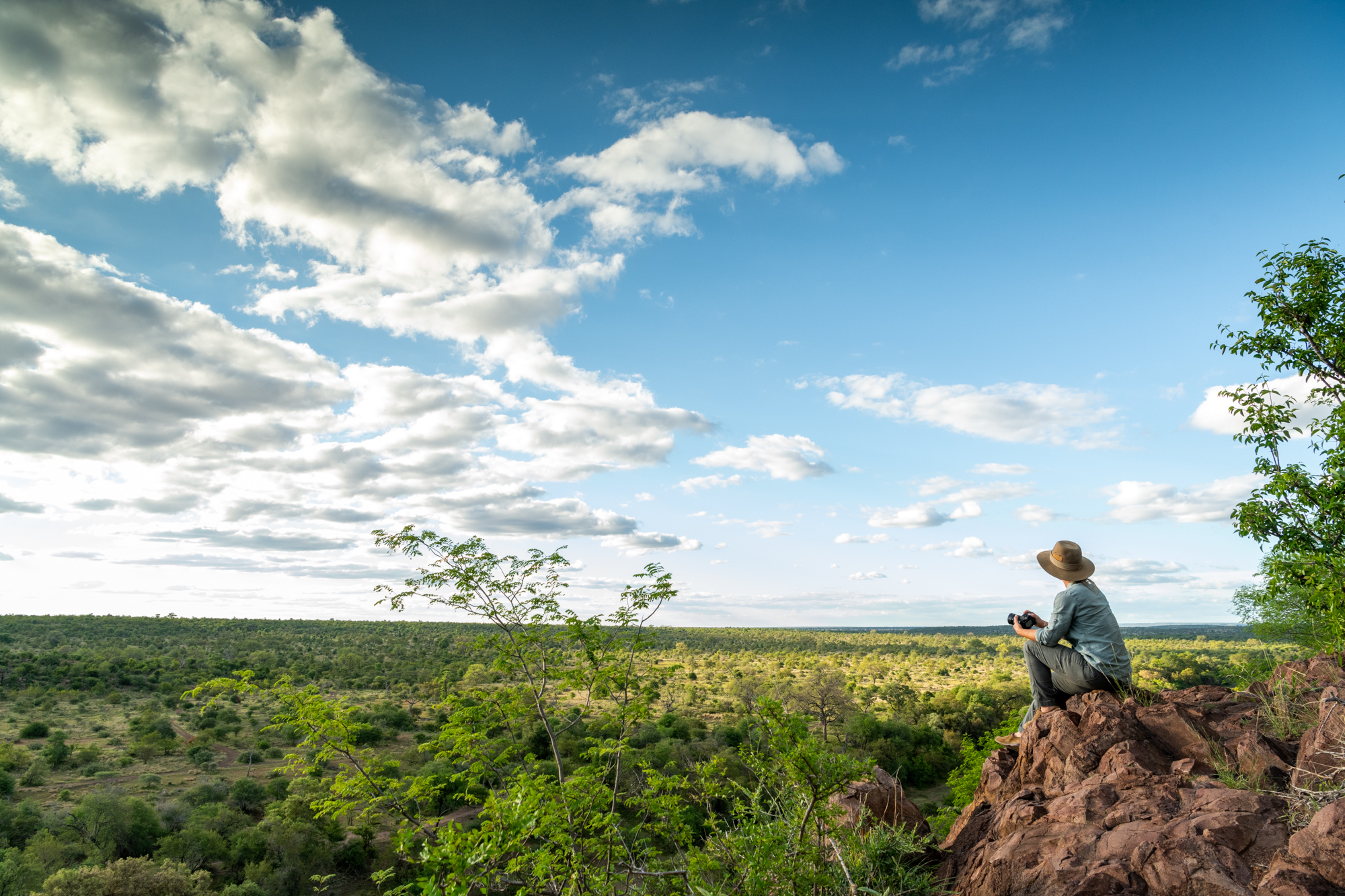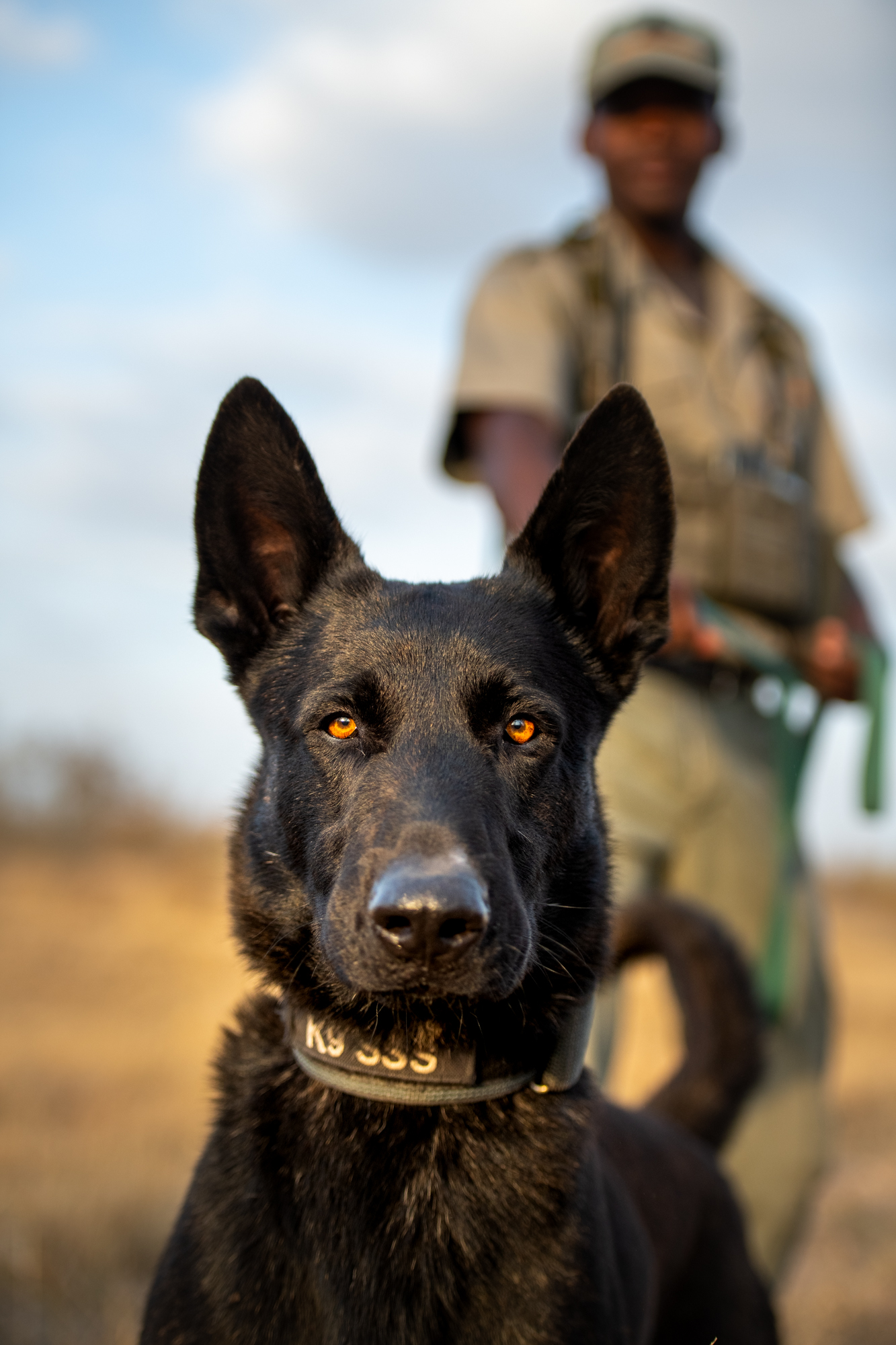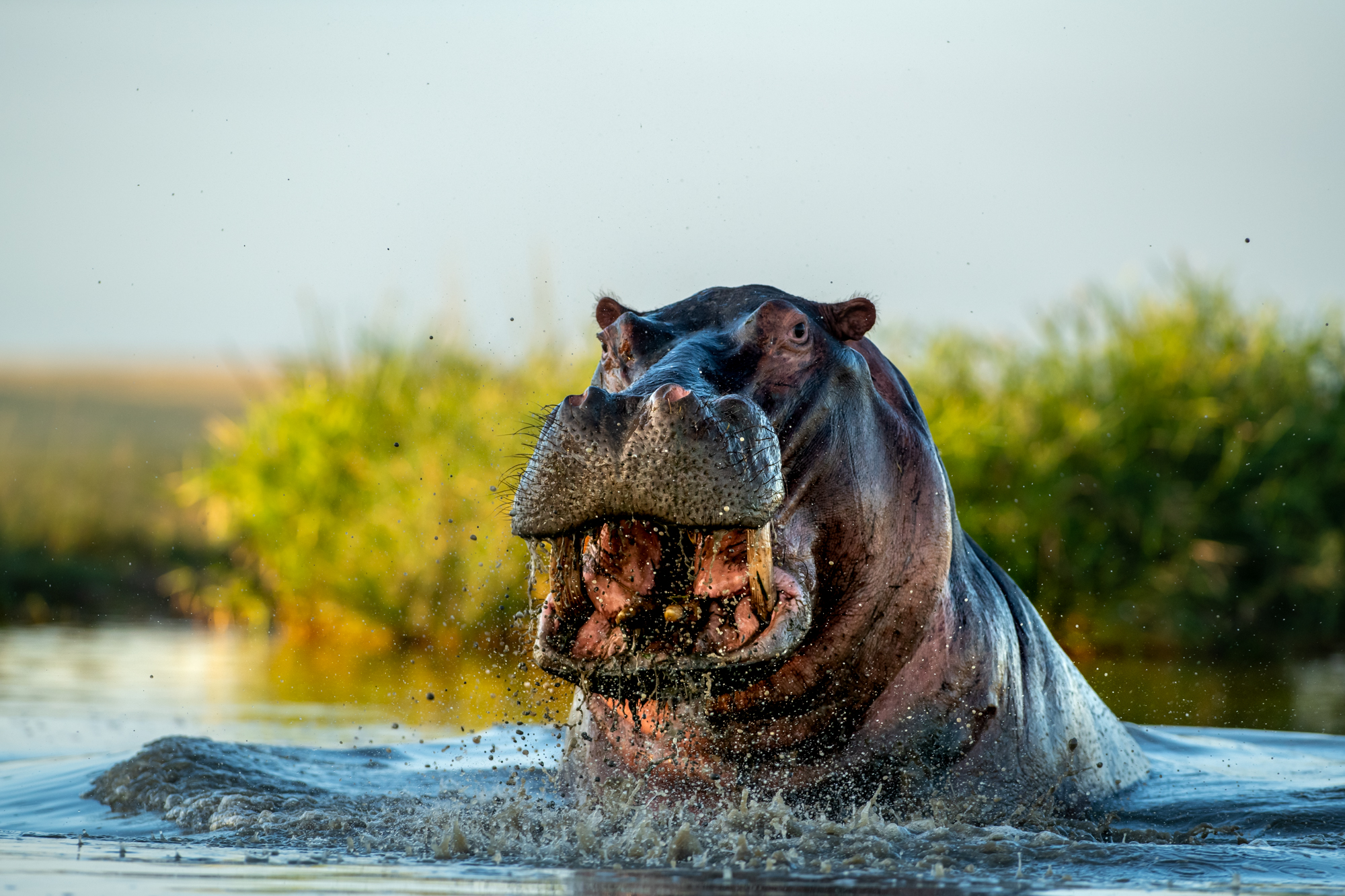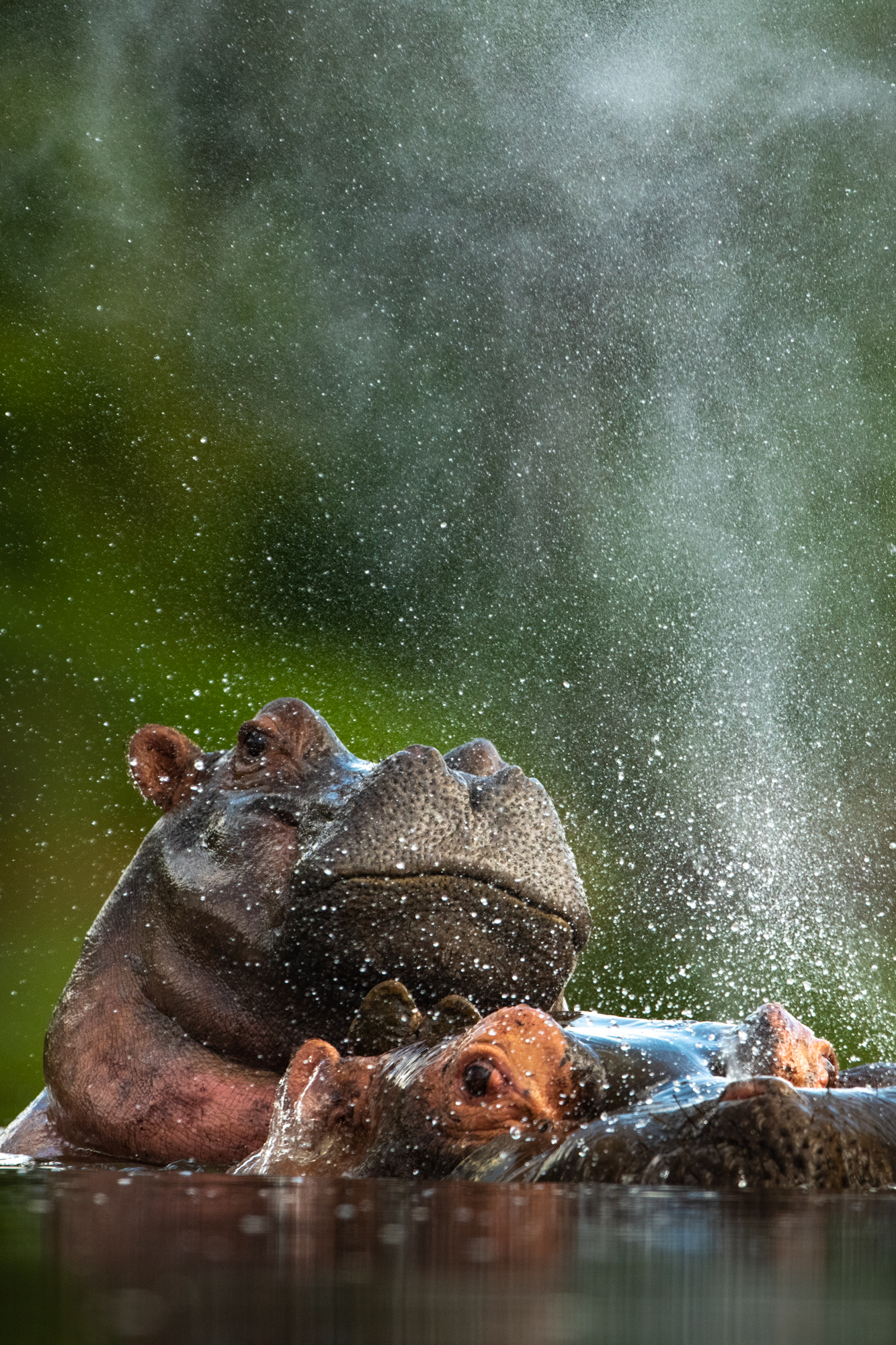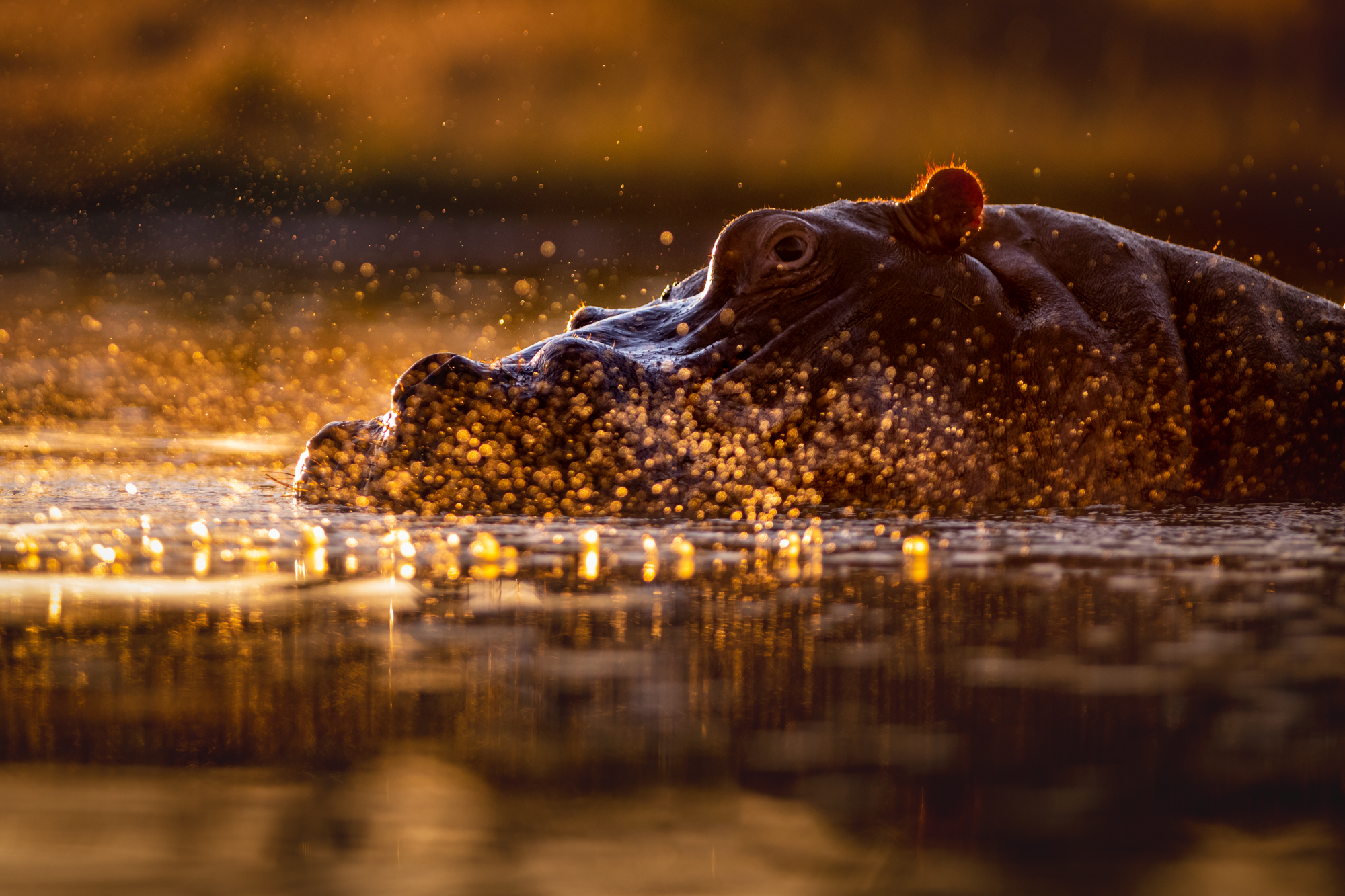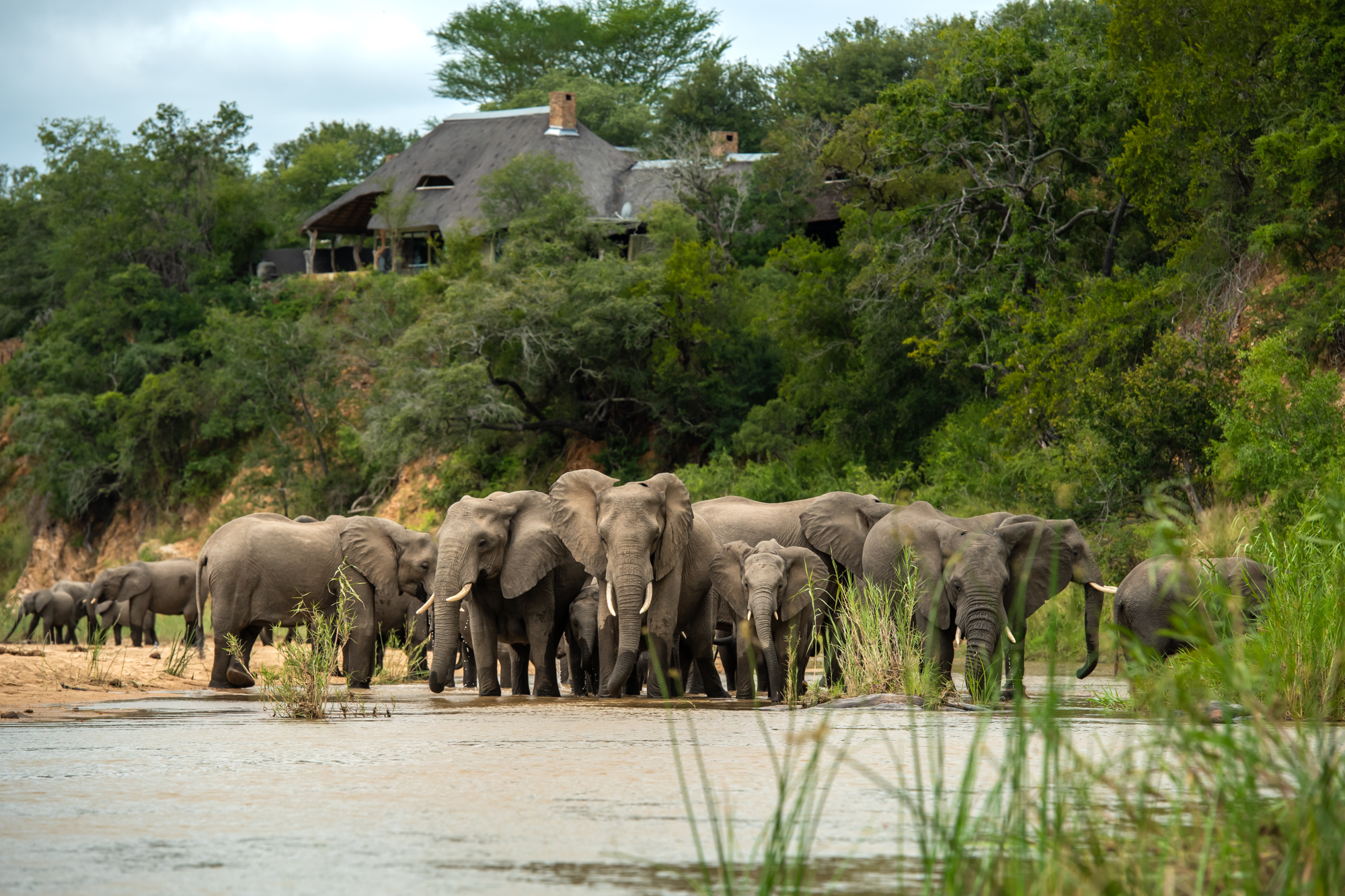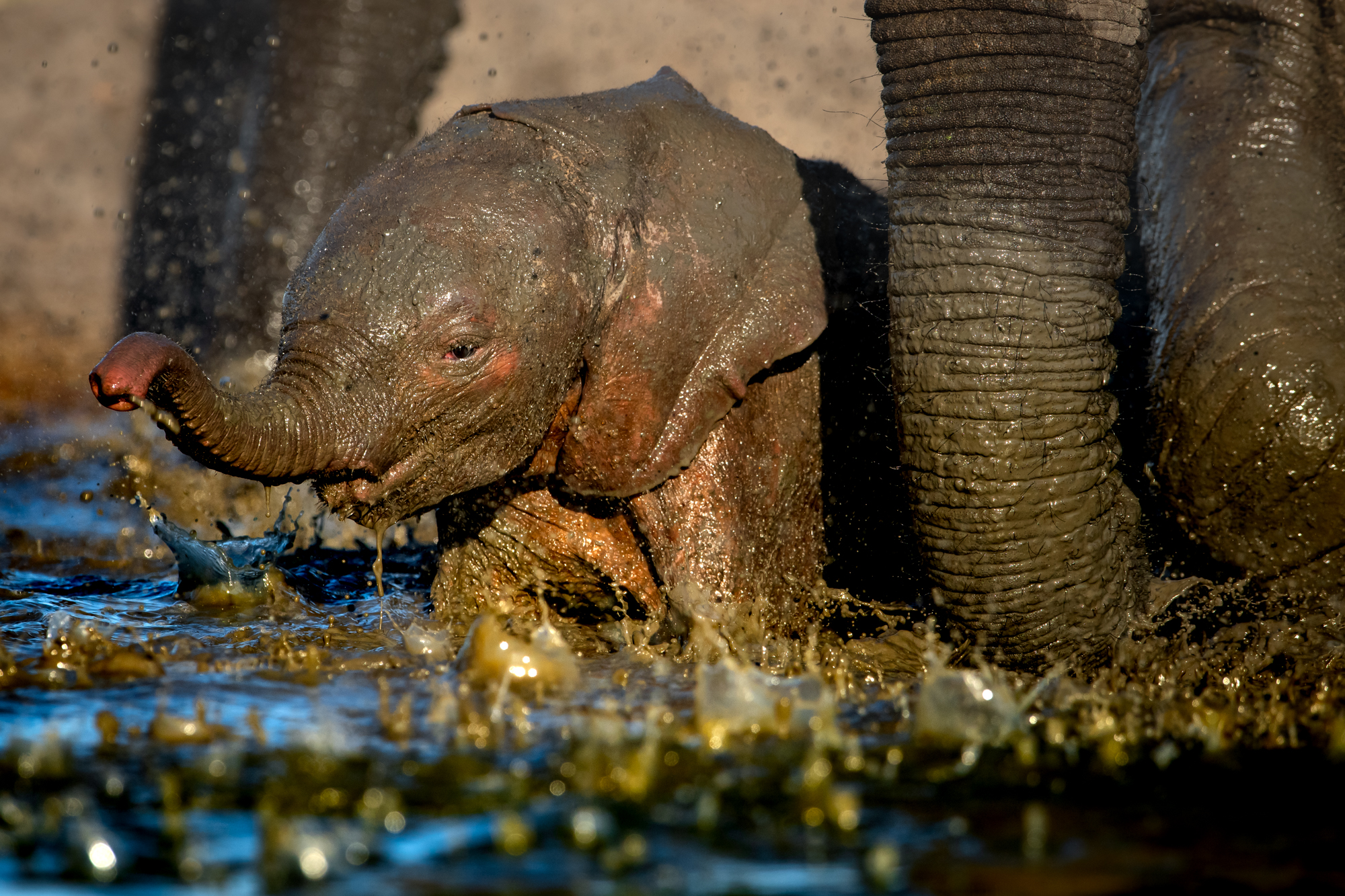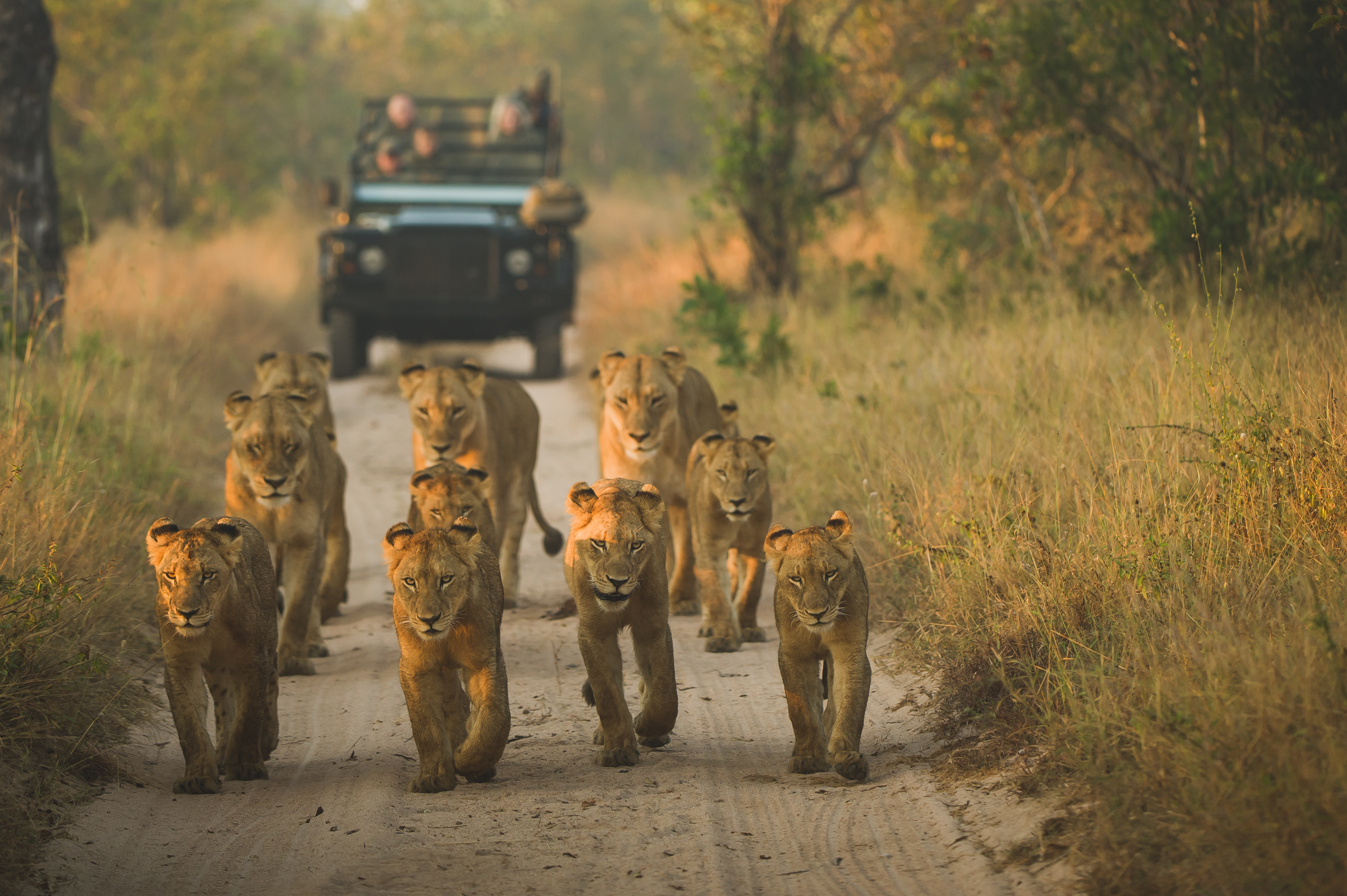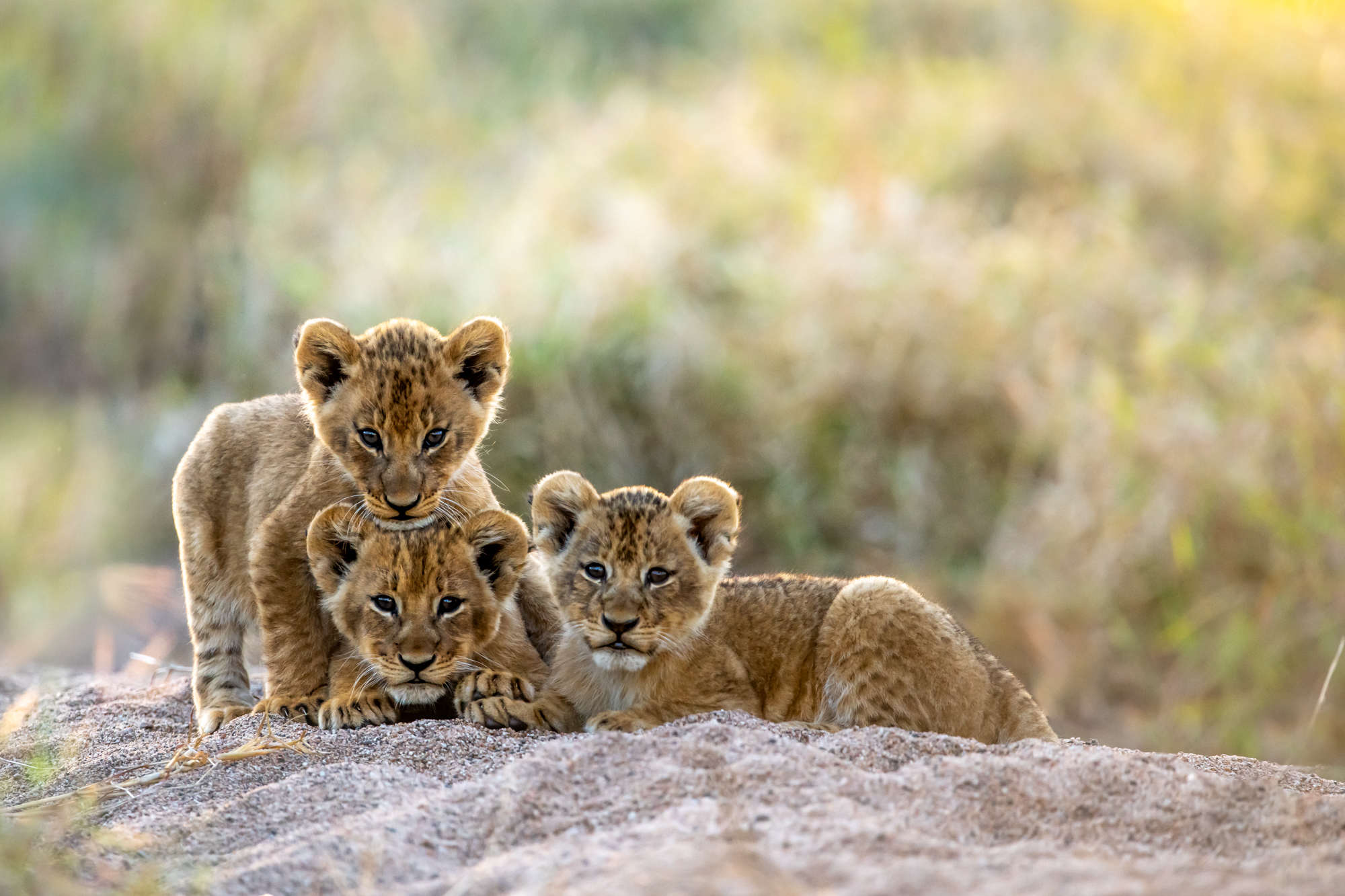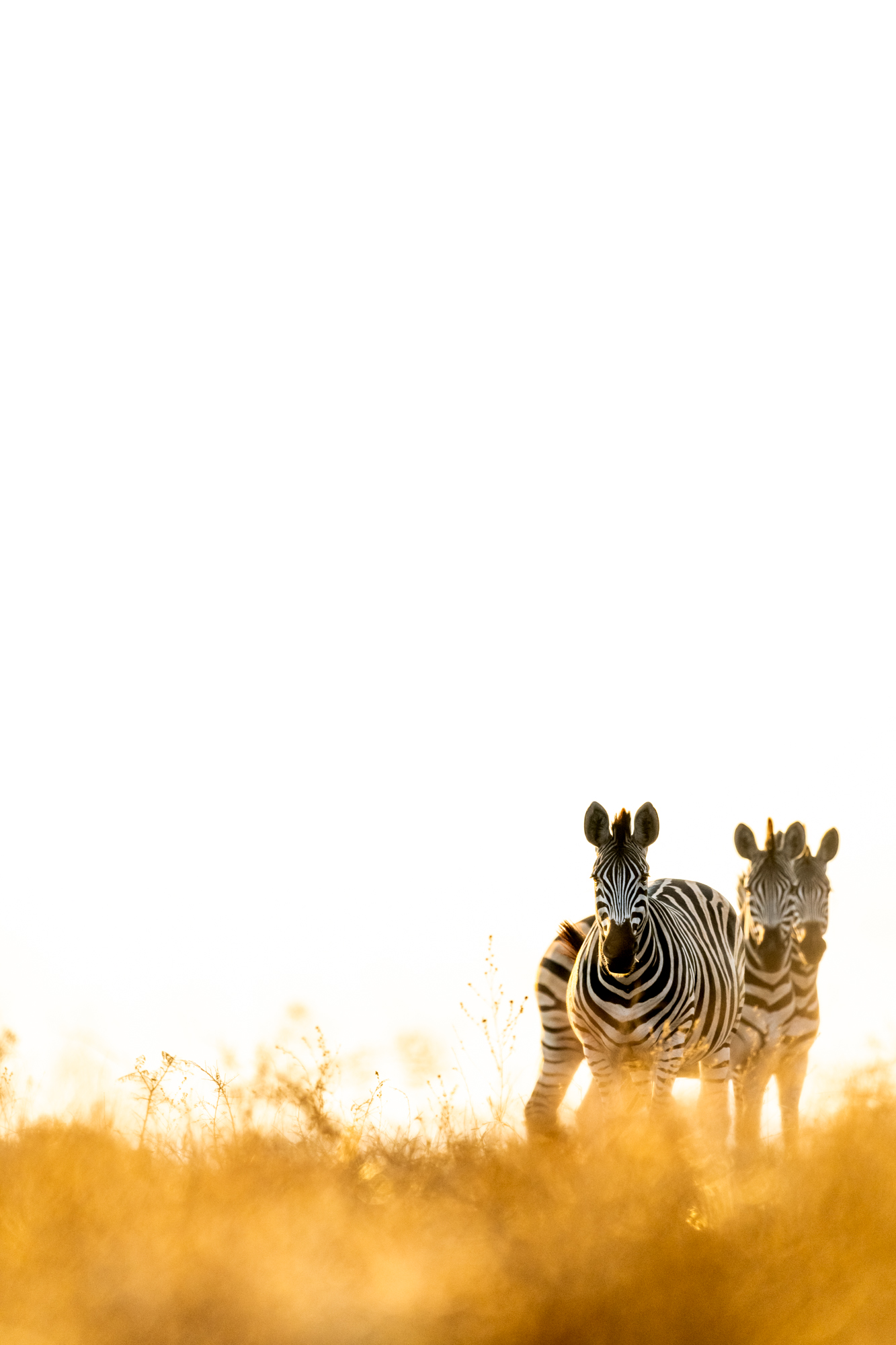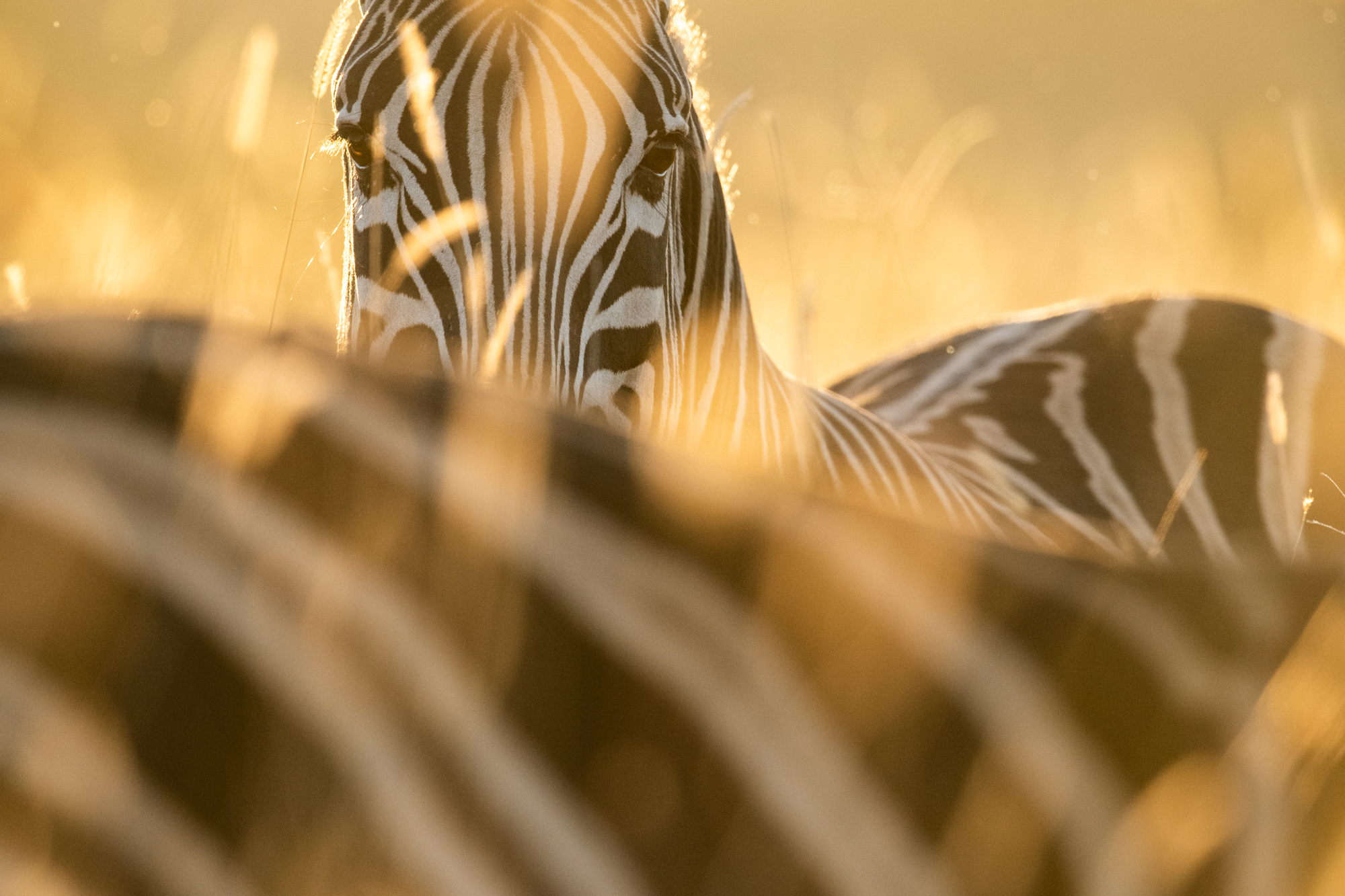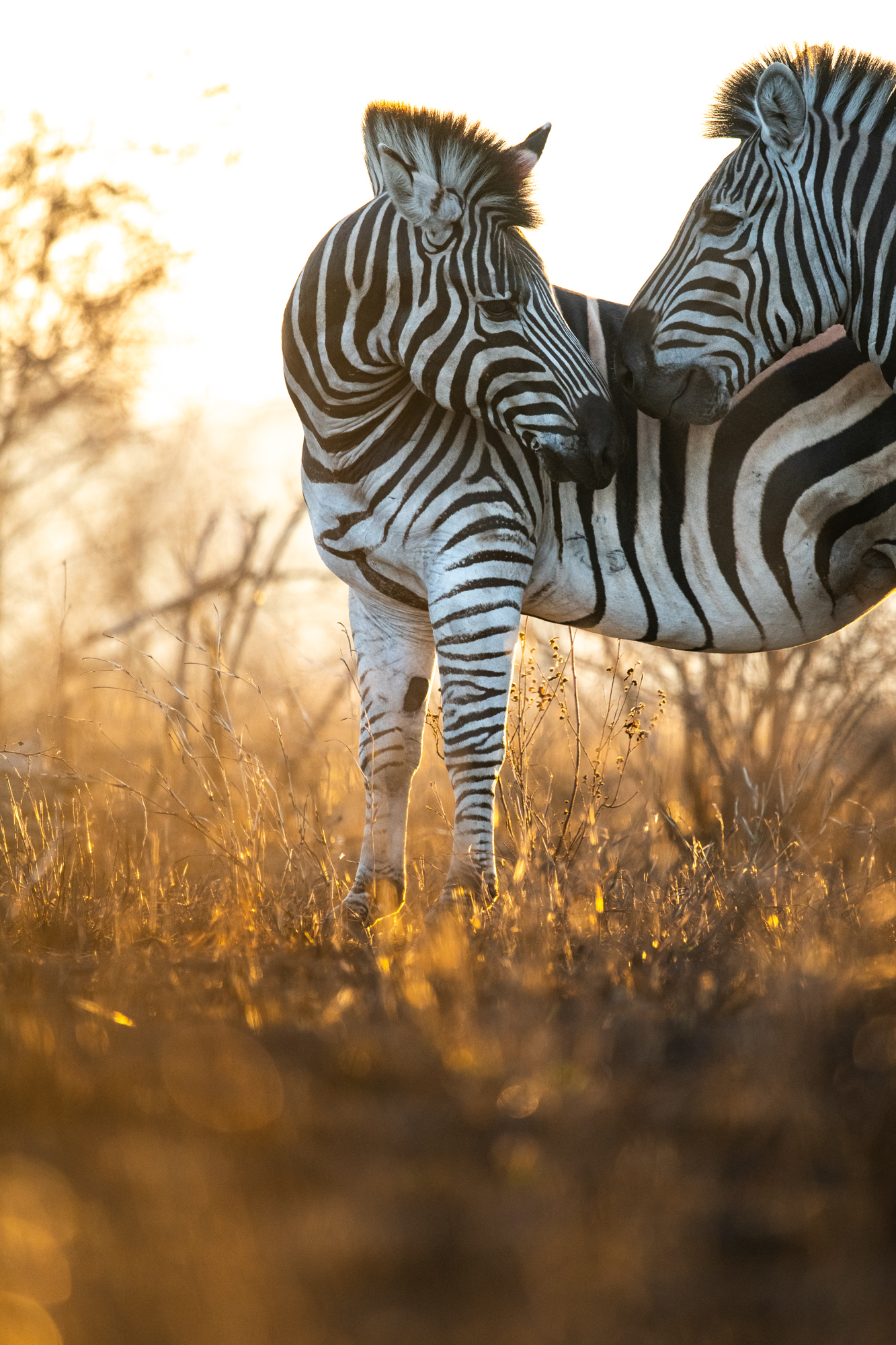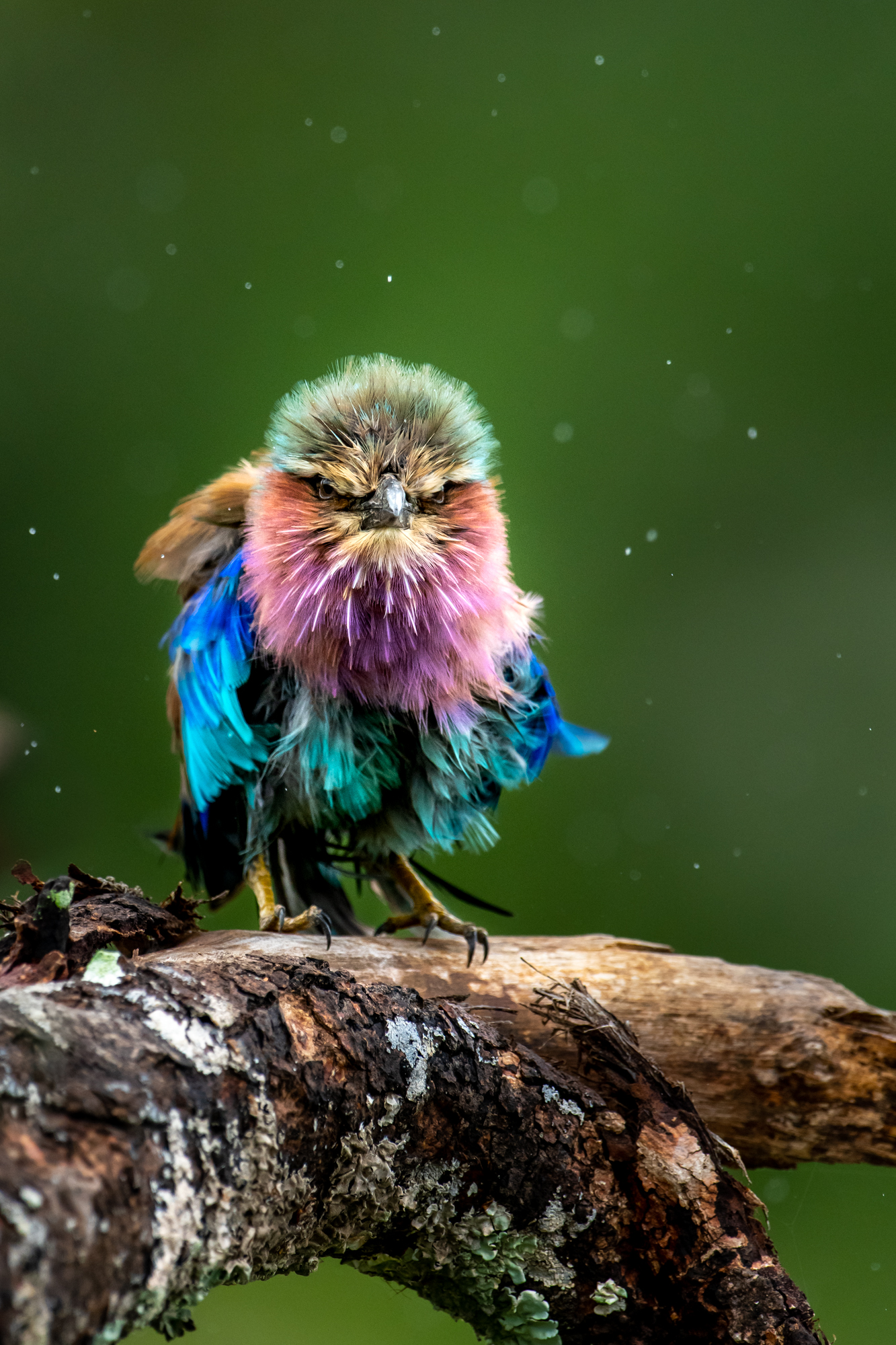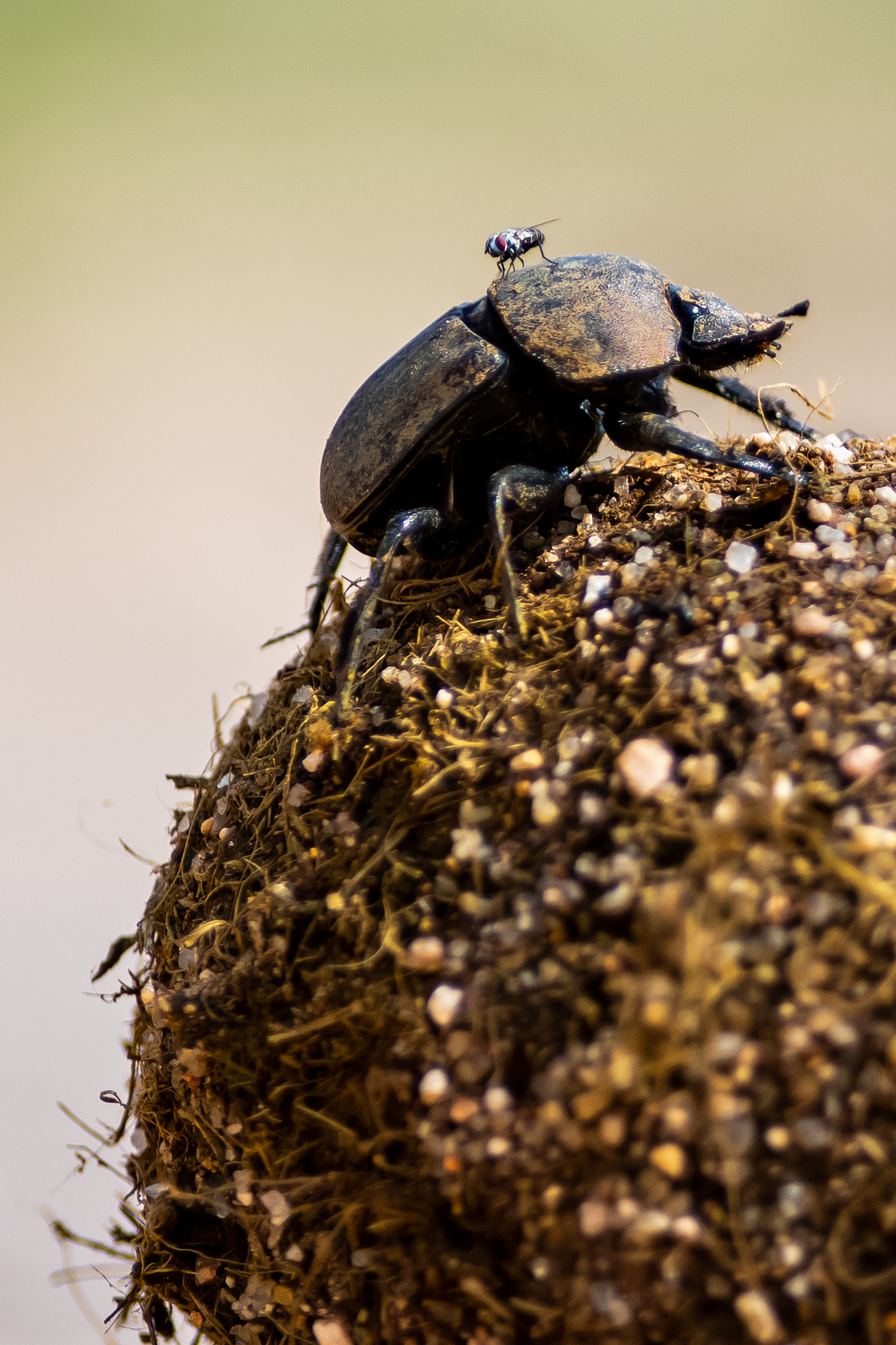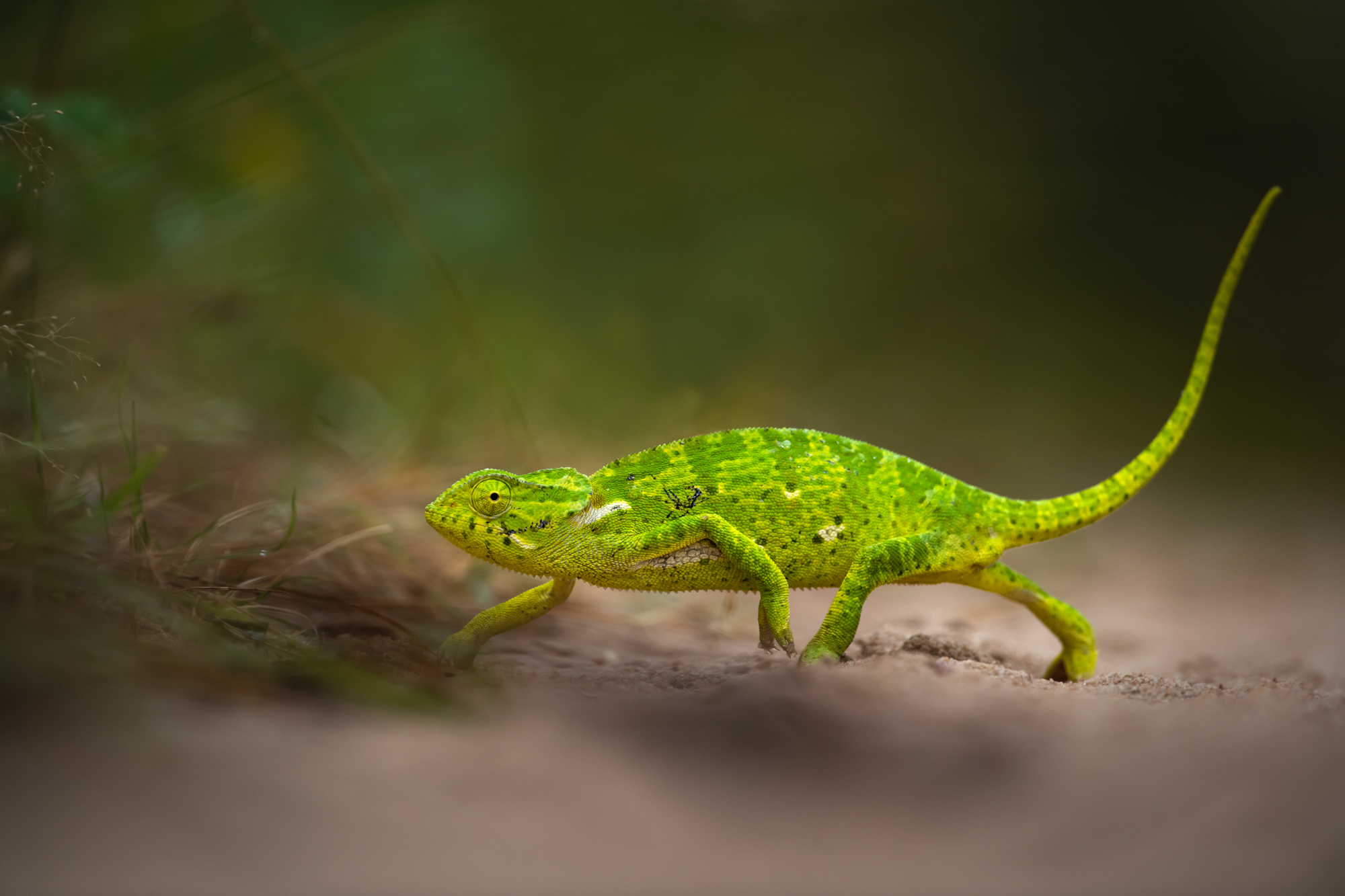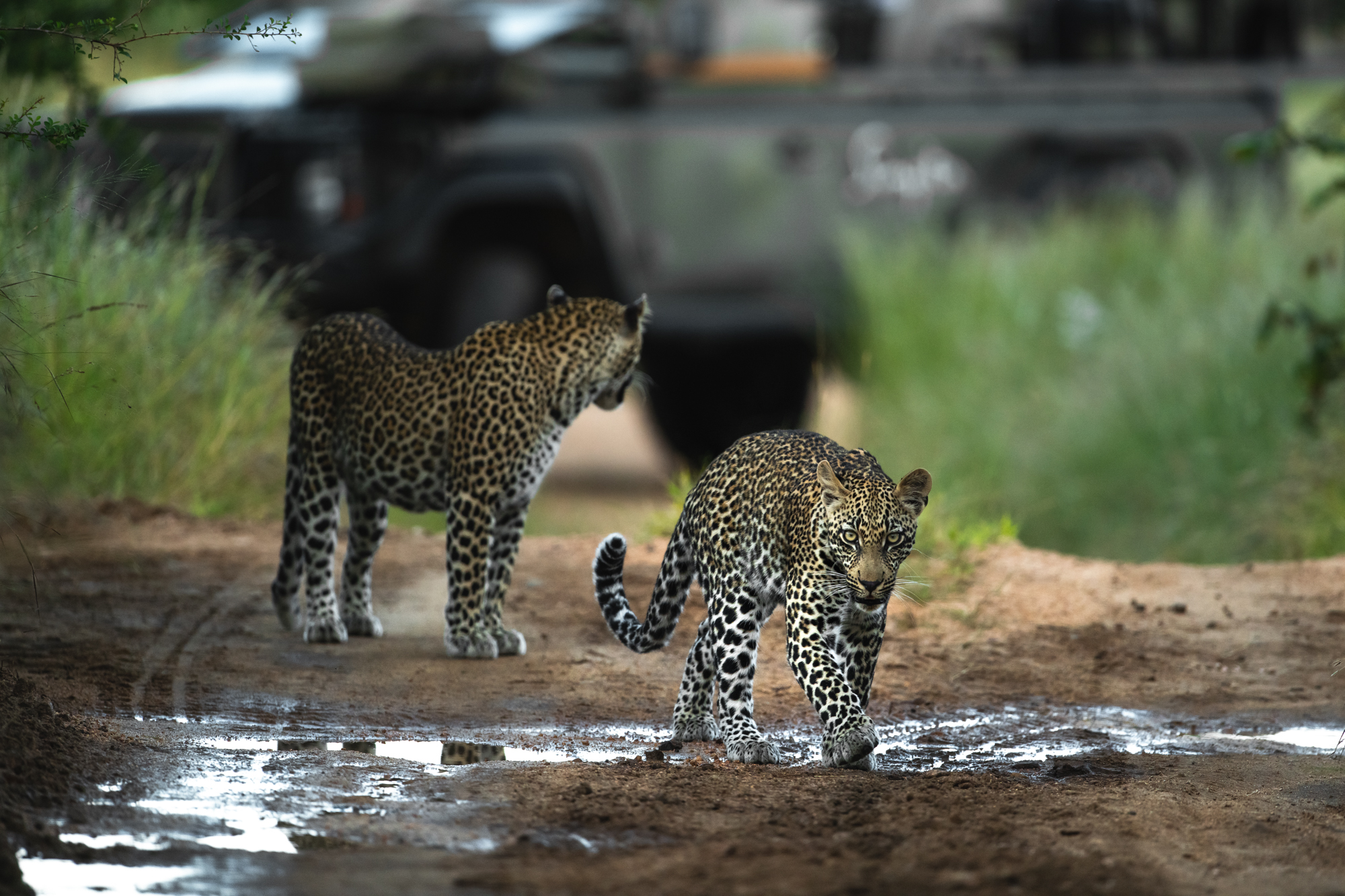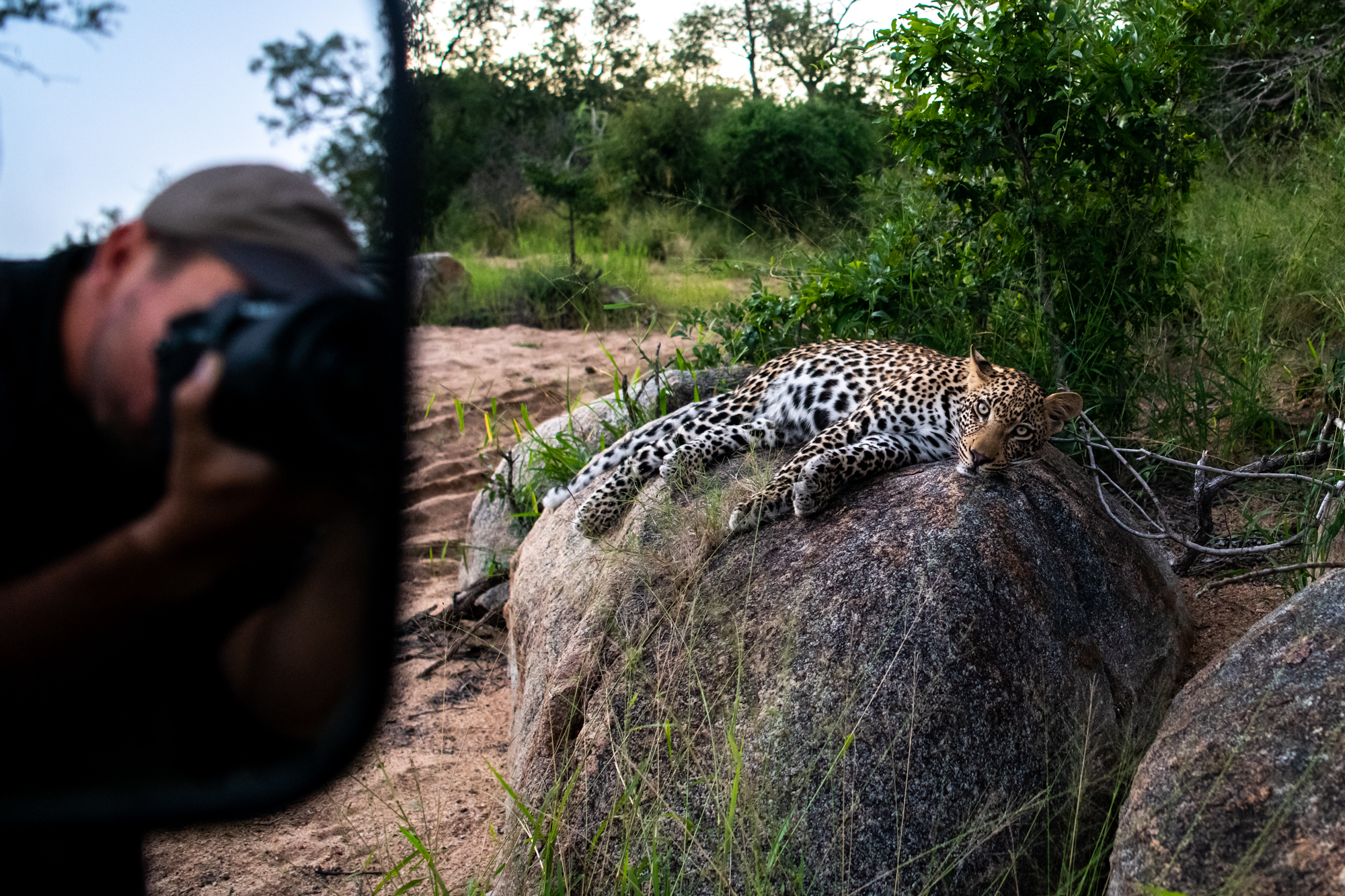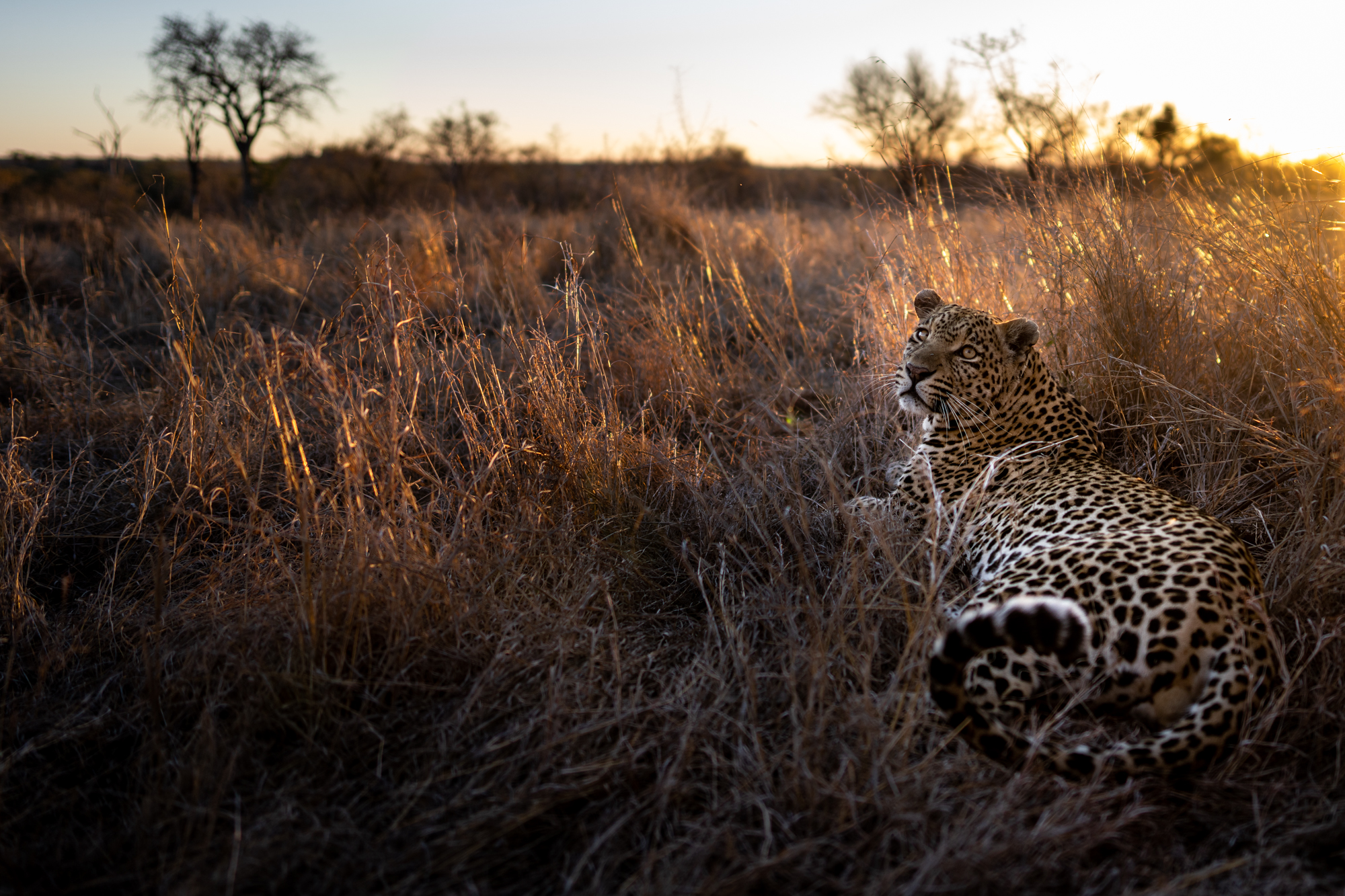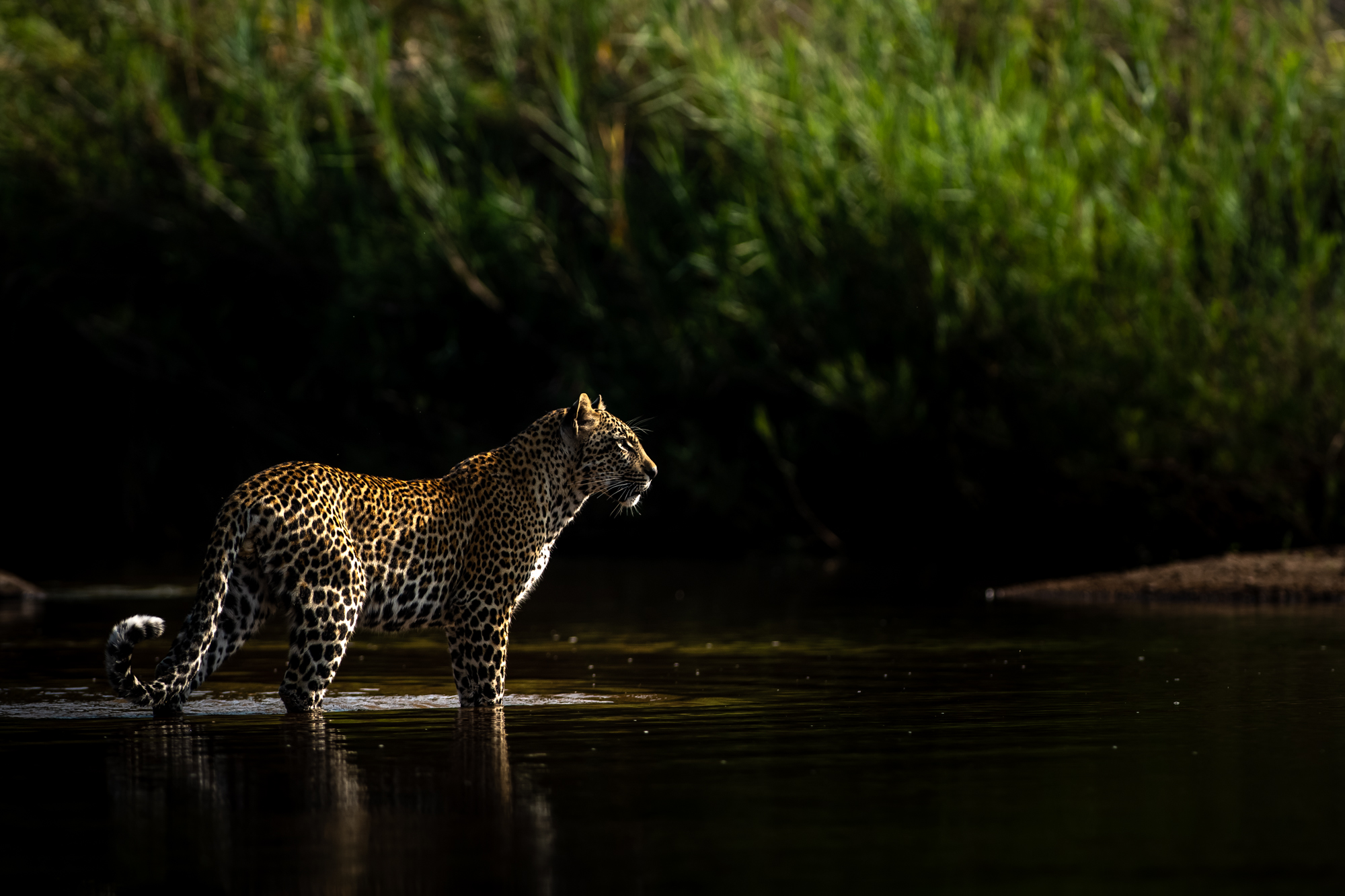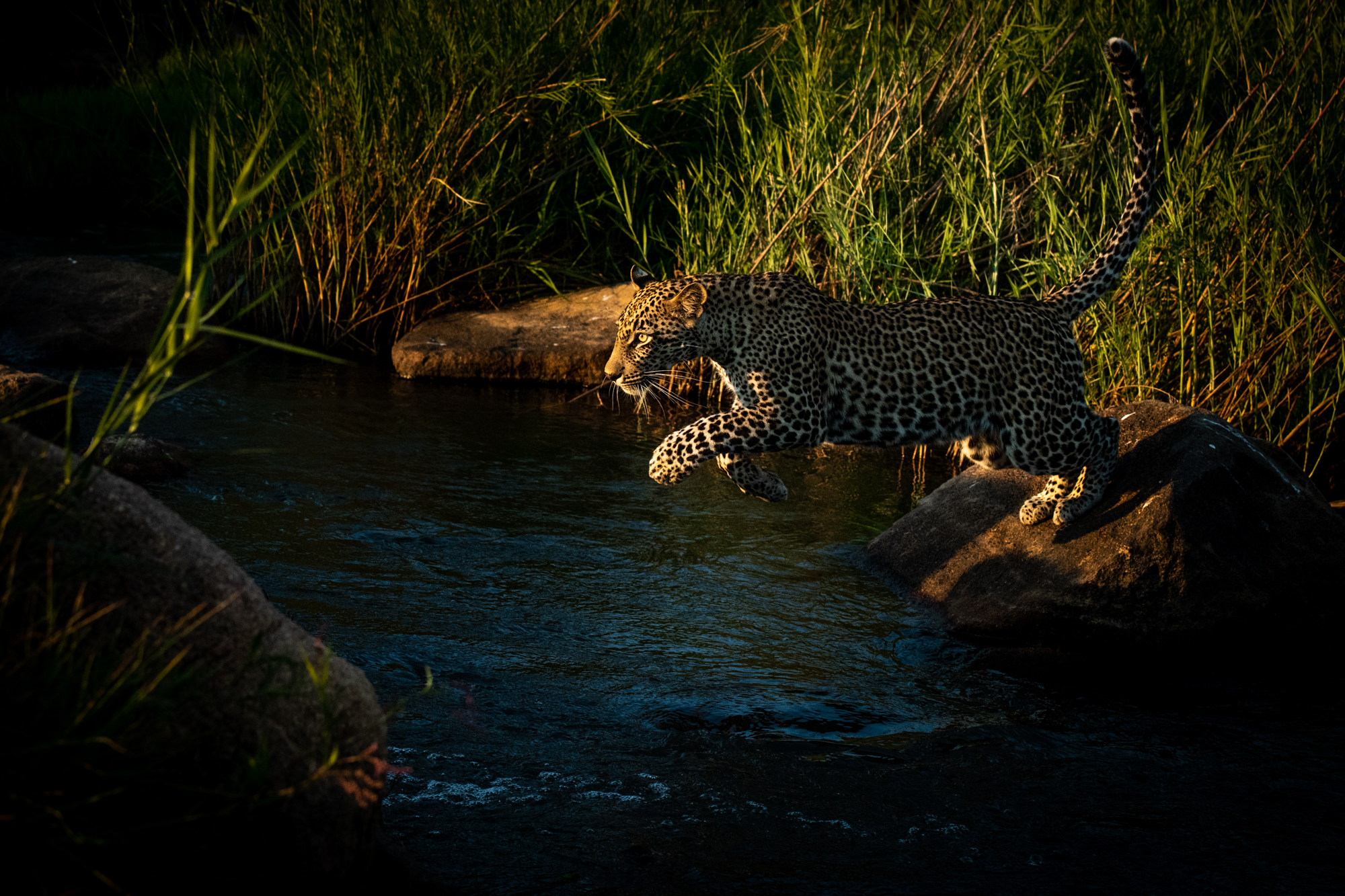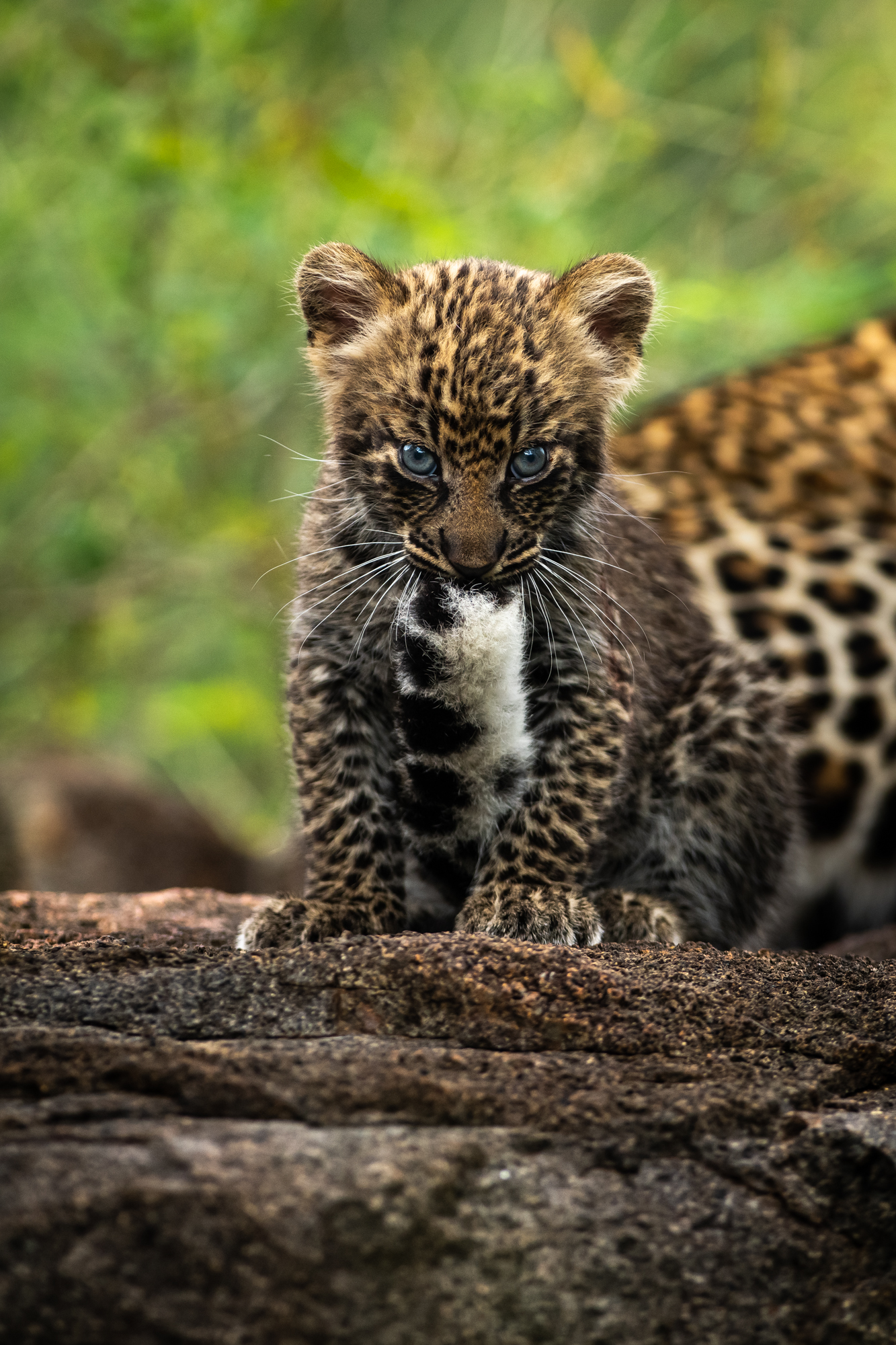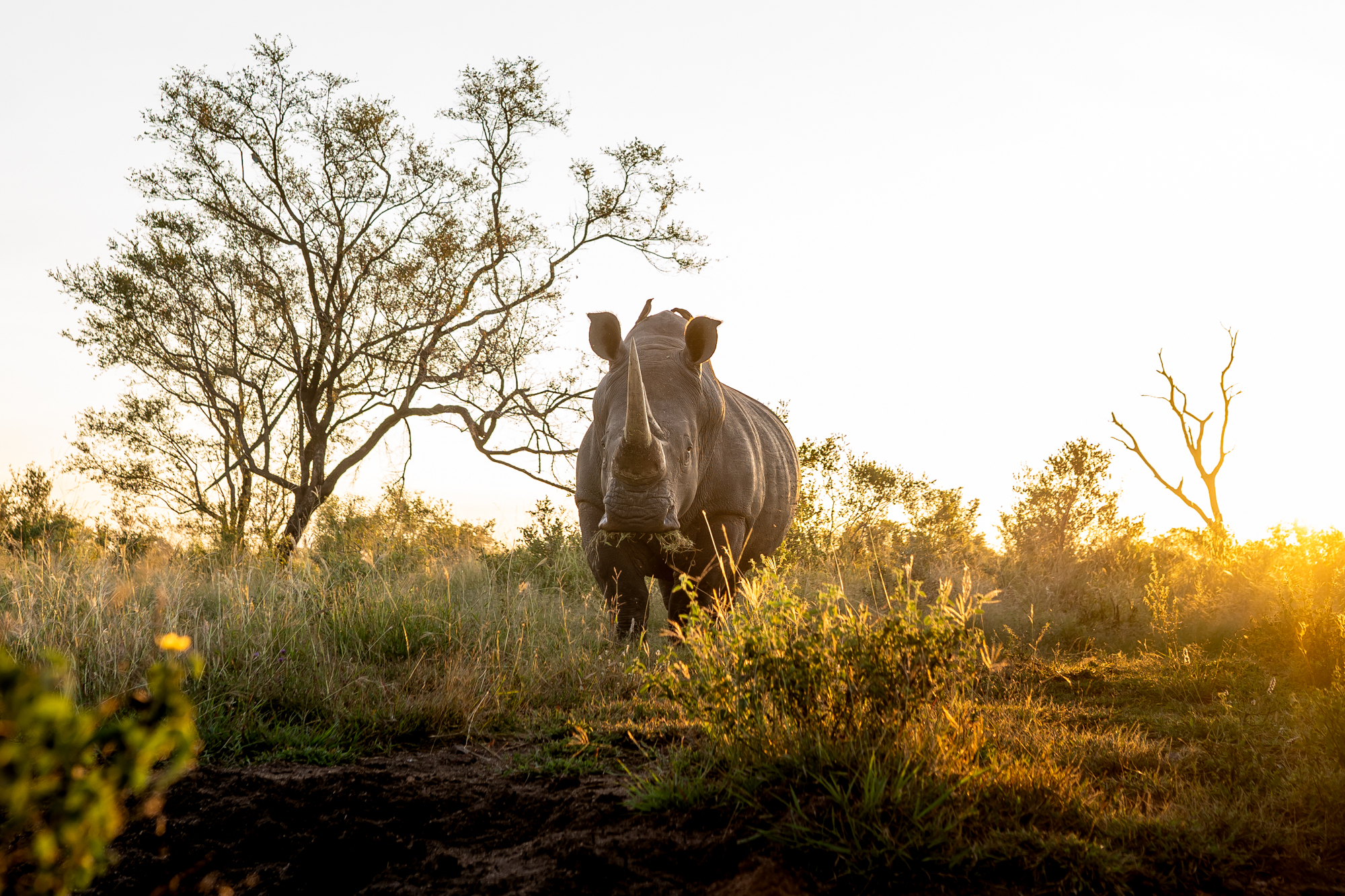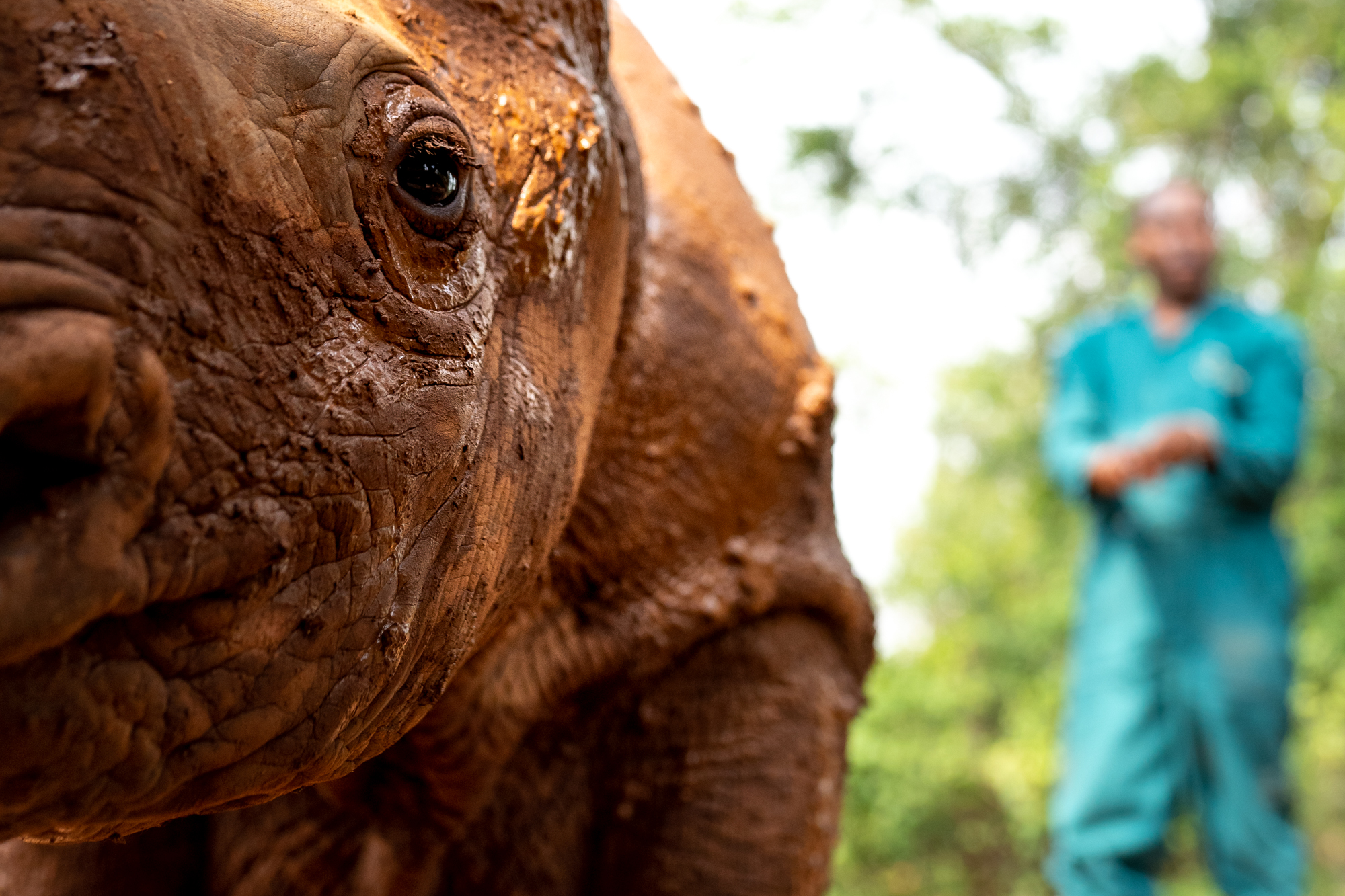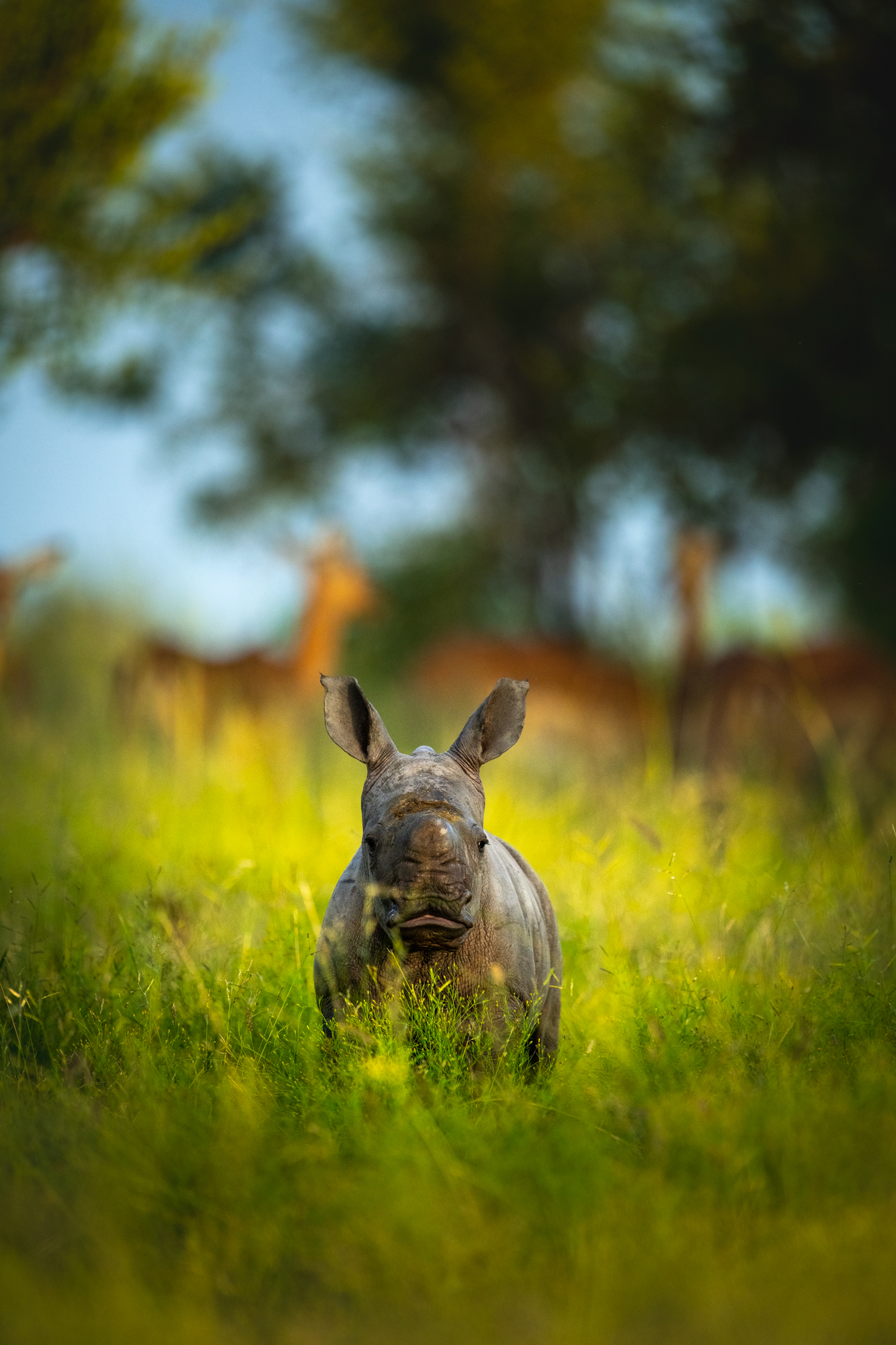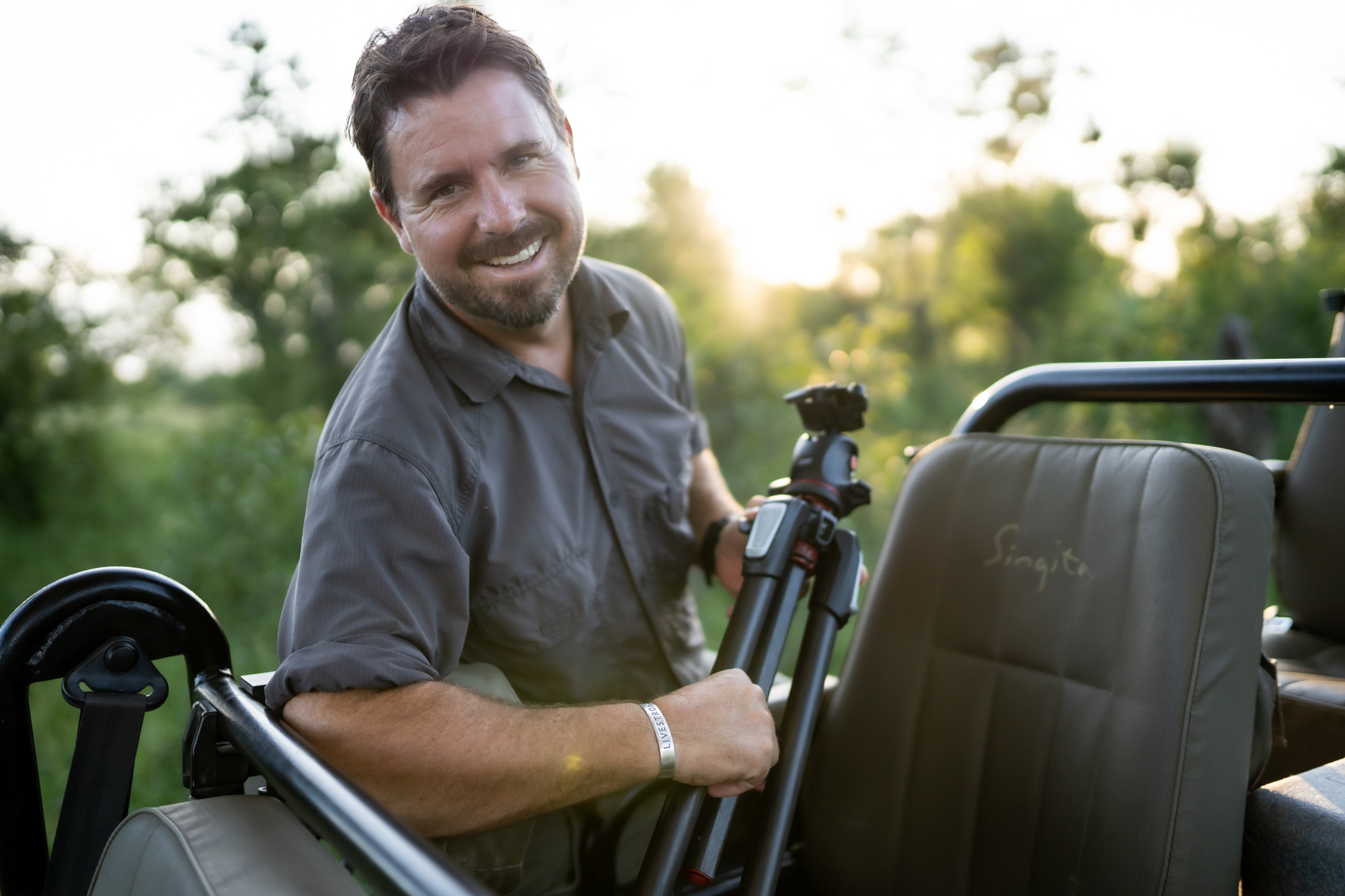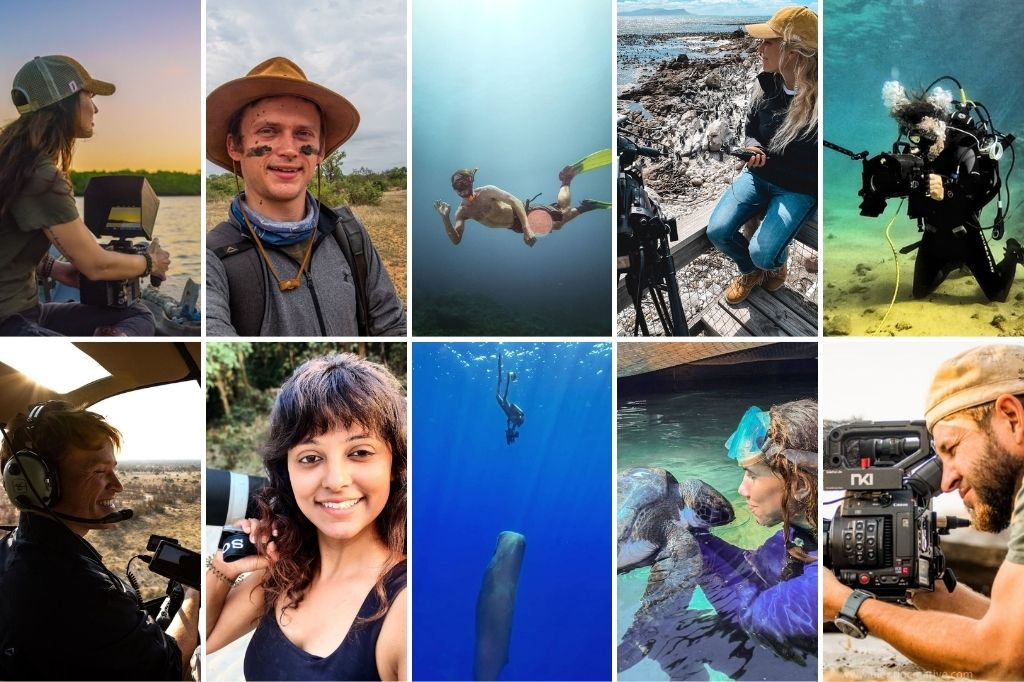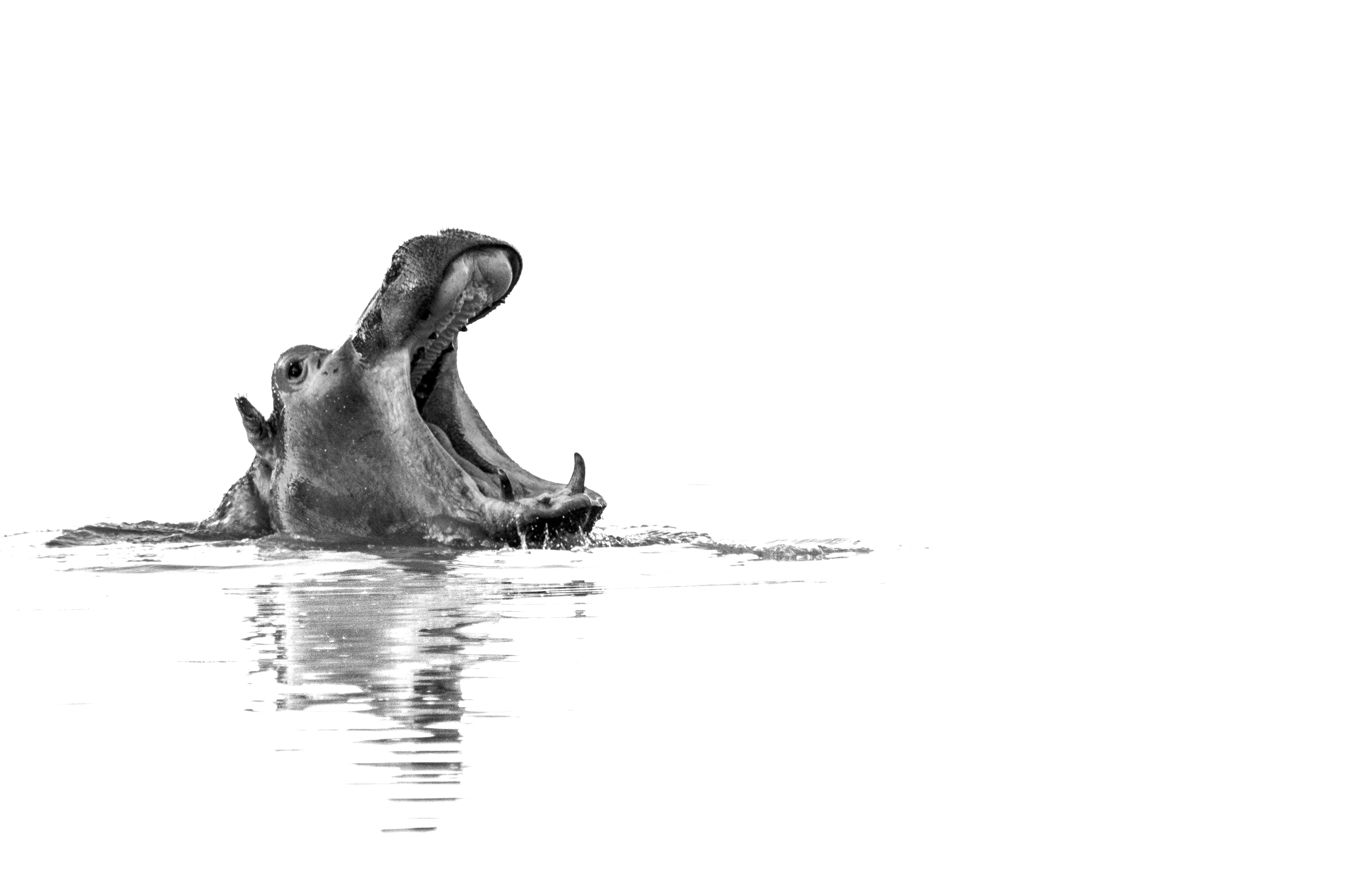Resident game reserve photographer for the illustrious Singita African Safari Lodges & Reserves brand, Ross Couper fell in love with African wildlife at a young age. His parents worked for National Parks in Zimbabwe and he credits the many hours he spent outdoors in the bush sketching the glorious surrounding natural environment as the kickstarter of his passion for capturing the African wilderness.
Ross began his career at Singita as a guide. Gradually, he honed his photographic skillset by spending all his free time in the bush capturing the wildlife he encountered. In 2020, he and his wife Lindsey both stepped into positions as full-time content creators and resident game reserve photographers for the Singita brand. Their job is to share the wonders of the natural environment of the reserves and tell inspiring stories about everything Singita is doing to preserve Africa’s wildlife for future generations to treasure.
We connected with Ross to learn from his insights as a game reserve photographer about capturing inspirational wildlife photography, and the essential gear for those planning their next trip into the wilderness to witness Africa’s awesome creatures in their natural habitats.
Join Ross on his daily bushveld adventures as Singita’s resident game reserve photographer by following him on Instagram. You can find more of his utterly gorgeous wildlife photography on his website, where you can also order prints of his images that inspire you.
Planning your next wilderness excursion? There’s no better place to go than Singita if you want to experience an African safari and get up close and personal with the magnificent wildlife that call this continent home. Check out their website to plan your Singita adventure. You can also explore their Instagram and Vimeo accounts to discover all they have to offer. They even have a SoundCloud account where they upload incredible recordings of wildlife sounds for a truly immersive taste of the African bush.
Tell us about the birth of your passion for wildlife, photography, and nature. When did you start shooting this type of imagery, and why?
My parents both worked in National Parks in Zimbabwe, where I was born. I was fortunate to be exposed to wildlife at a very early age which fuelled my love of the environment for many years. Living in remote areas required outdoor hobbies that kept you entertained for a few hours. I would often pick up my sketchbook and head outdoors to draw. It was an opportunity to express my artistic vision of the environment I lived in.
I pursued my interest in art for many years. However, due to time constraints, I slowly moved away from art, until my wife purchased a digital camera as an impromptu Christmas gift! I think my natural sense of composition is always there but with photography, I believe it’s also about capturing a connection between the subject and the viewer.
I started taking wildlife pics in 2010, merely as a hobby and remained a secondary interest whilst working full-time as a guide. As a guide, it was paramount to share my experiences with guests and even though I missed many photographic opportunities, it was far more rewarding to see my guest’s imagery. I used any free time to return to the bush to explore my photographic interest further.
How did you become the resident game reserve photographer for Singita? What does your job entail?
My career at Singita started with a little serendipity. It happened whilst sitting next to a fellow passenger on a flight from New York to South Africa. After sharing stories about my bush background, I was handed a business card and I had to blink twice, as it appeared that I had been talking to the HR Manager at Singita for 16 hours! I only followed up several months later, realising how fortunate I was to be at the right place, right time and in the right seat number. After working abroad for several years, it was an opportunity to return to a guiding position in South Africa — so it was a very easy decision.
I started my career at Singita as a guide. During my leave cycles, instead of rushing off to the city with its big malls or travelling home to visit friends and family, I opted to refill my assigned Land Rover and go back into the bush, which allowed me time to produce marketing content for Singita.
With more practice and a deeper understanding of my environment, my photography improved, and I was able to explore new genres of photography and started capturing exquisite food platings, or room interiors, as the requirement from the Singita Marketing Department grew. I slowly transitioned into the Singita marketing team whilst still guiding, however, my time was divided between the two. I was fortunate to be doing this at a time when online platforms really took off in marketing, and Singita needed inspiring imagery. I moved into a full-time position in 2020, teaming up with my wife, Lindsay, as Content Creators for the brand.
I have loved the challenges of learning new photographic skills required for capturing other objects at Singita lodges and the variety that it brings. Photography allows us to share the natural beauty we encounter at Singita along with the uniqueness of the lodges. I can share my experiences visually to entice international travellers and inspire them to want to save Africa’s threatened wildlife.
Please run us through what an average day in your life as a game reserve photographer looks like!
The day starts pretty early, usually applying lots of sunscreen — approximately 30 minutes before first light. That may sound strange an hour before sunrise but it’s all about chasing light. After applying the sunscreen, it’s not unusual to walk outside and realise it is about to rain! Strangely enough, that’s the joy of my role at Singita, I will never experience the same day. Routine changes constantly and I have realised that applying sunscreen whilst wearing a rain jacket is the norm for a wildlife photographer being exposed to the elements! In general, this sums up wildlife photography perfectly — always be prepared for the unexpected.
I am fortunate to work with my wife in this position as we both create content for Singita. This is extremely varied from recording natural sounds for the Singita Soundcloud account; drone footage, to short wildlife videos and still photography for social media platforms. Wild areas are unpredictable, so every day is a blank canvas for us to create something. It’s about exploring our senses to search for opportunities to bring people closer to nature and make them realise the importance of protecting these wild spaces.
It sounds relatively easy, however, there are a few natural challenges that we have learnt to work around in the field. Not all days are good for recording sound or capturing images/video. You just need to pick the medium that works for that day. The key to success is to capture content every day and build up a library, and you must be consistent and persistent.
After the golden light has faded in the evening, we always find a way to catalogue, label and edit. That’s usually about the time we start hearing lions roaring, tempting us to charge the camera batteries and return into the bush.
The aim as a content creator is to constantly search for unique opportunities which showcase the diversity of the four regions in which Singita operates. At the same time as I showcase the beauty of an animal on social media, I can highlight the plight of critically endangered/endangered species. I think the story and the image creates a stark realisation that a species — such as lion or rhino — could be lost within our lifetime. We can’t allow that to happen! These evocative social media posts tend to have a profound impact and they become a conversation that drives more focus towards the plight of the species and a willingness to assist somehow.
For example, we used photos and video to highlight the incredible work of Singita’s conservation partner in South Africa — Singita Lowveld Trust — and its successful canine anti-poaching unit. We raised funds for the Singita Sabi Sand anti-poaching team during the 2020 lockdown, which was so fulfilling.
Please provide your top 5 tips for shooting wildlife imagery that stands out? What can our audience do to create images like the ones you’re able to craft as a resident game reserve photographer?
I have learnt so many lessons, I could actually write down the top 100 things to avoid before venturing into wildlife photography. Lessons are part of the experience and can often be costly, in one way or another, either money or time — here are a few tips to note:
- Timing is everything. It’s not always something in your bag that allows you to excel in wildlife photography, rather, passionate perseverance to get the perfect image. We can’t all afford the best equipment, but we can all study our subjects closely. Understanding your subject’s behaviour is invaluable when compared to the equipment used. With intuition, you’ll be able to anticipate a movement quicker. Then capturing the movements just takes practice. It takes a lot of time and patience to become familiar with wildlife, and these are the most important factors in capturing an incredible image.
- Label your images in the editing program from day one, and be consistent. As a resident photographer for Singita, it is difficult not to fill a memory card with content daily. To sift through thousands of images, my Lightroom catalogues allows me to locate the right images.
- Be inspired. This should be a no-brainer for many wildlife enthusiasts but find people that inspire you and your end goal should be to inspire others. All photographers have learnt some tough lessons in their journey to becoming professionals. You won’t know who you are reaching or inspiring, but there will always be someone. It may not necessarily be your photography; it could be your perseverance that does it.
- Know your gear. Get familiar with your equipment before your safari trip and always aim to get everything right in your camera. I have seen many safari guests arrive with a brand-new camera unfamiliar with its technical attributes and this could lead to missed opportunities. That could be a very frustrating way to start your safari.
- Make most of your time no matter what the weather conditions are. If you wake up and it’s overcast, this shouldn’t be a sign for you to go back to sleep. Overcast conditions will often render incredible black and white converted images.
In your opinion, what gear is essential for wildlife photography? What do you have in your kit bag as a game reserve photographer?
I have been grateful to have a variety of lenses in my camera bag which I’ve bought over many years. In Africa, various species are found in a range of densities depending on the area. For instance, if you wanted to capture leopards in their natural habitat, Singita Sabi Sand, in South Africa, boasts one of the highest densities of leopard, along with many other species that can be viewed at close range. It is often surprising to see just how habituated the wildlife is to the movement of the safari vehicles here, and this allows for shorter lens lengths. We can also drive off-road here and move closer to the subject. Therefore, a destination can dictate the best equipment pertaining to that area and the species you are interested in capturing. For example, you wouldn’t take a wide-angle lens to photograph snow leopards.
In addition to the abundant wildlife on the continent, landscape scenes are mesmerizing and can often become a great source of inspiration, so don’t get bogged down by focusing on your subject. Showcase the environment along with the subject. This is an important aspect of telling a story in your image.
My lenses range from 24mm f/1.4 through to a 600mm f/4 lens. I love prime lenses, as the quality is notable in every image. Wildlife photography encompasses so many aspects from large mammals, predators, birds all the way to small inspects that require macro lenses. For someone starting in wildlife photography, don’t imagine buying all the equipment right away. Your interest and skillset will change over time, and you will realise that some equipment is just not needed. Save up for the best lens you can afford, it will be an investment in your photography.
In addition to the Nikon lenses, I have two Nikon D850 cameras. The purpose of having two cameras is to let me change focal lengths very quickly at a sighting. Of course, I always dread that one camera suddenly requires calibration or has any technical issue, so the backup camera can really be a lifesaver.
A safari in Africa should be on everyone’s bucket list, particularly wildlife photographers. The continent is diverse, the people are warm and welcoming, and the beauty of the wildlife enriches your soul and fills your memory card.
Lastly, print your favourite photos and display them. Share the appreciation of a beautifully printed image.
